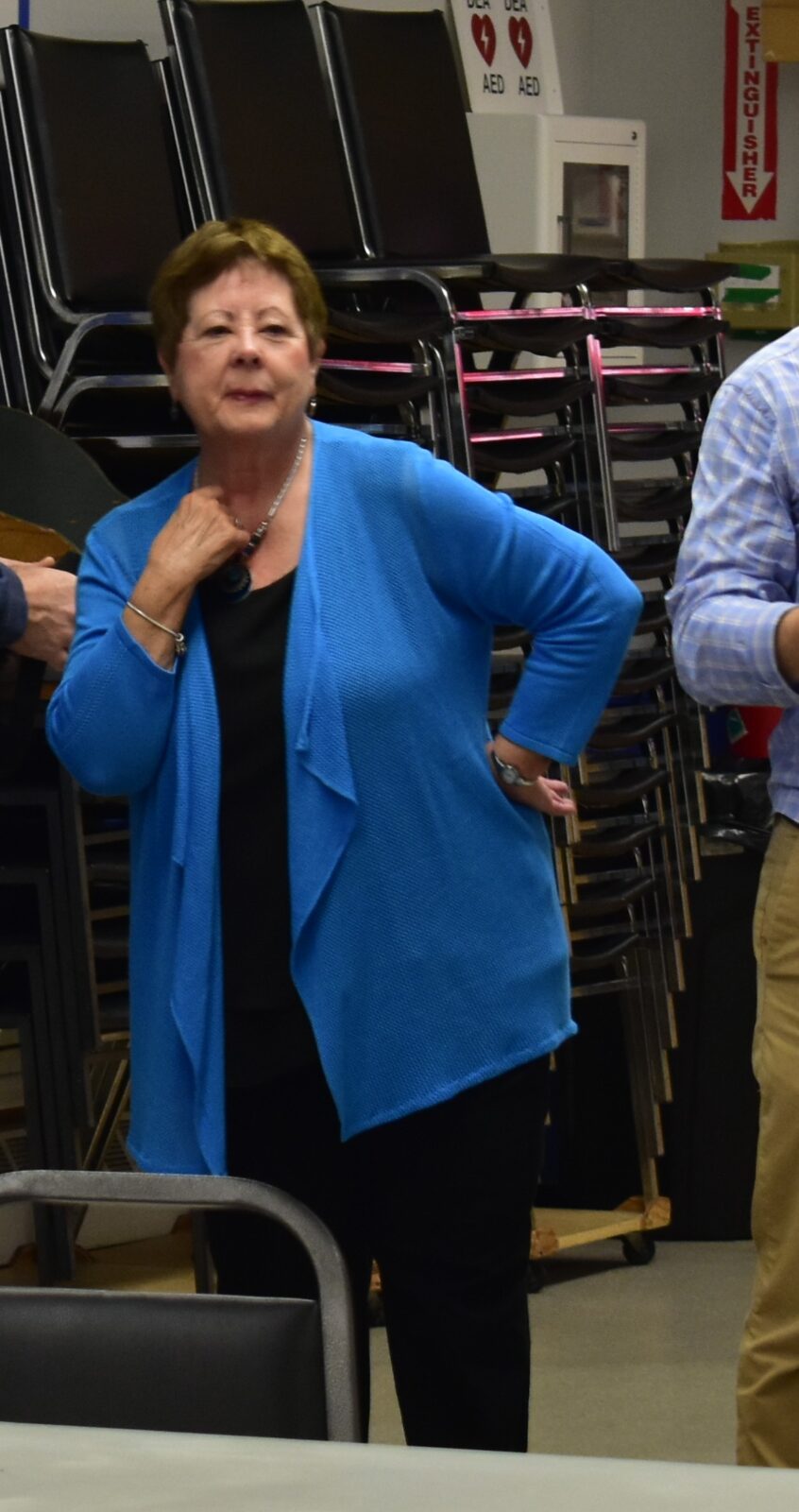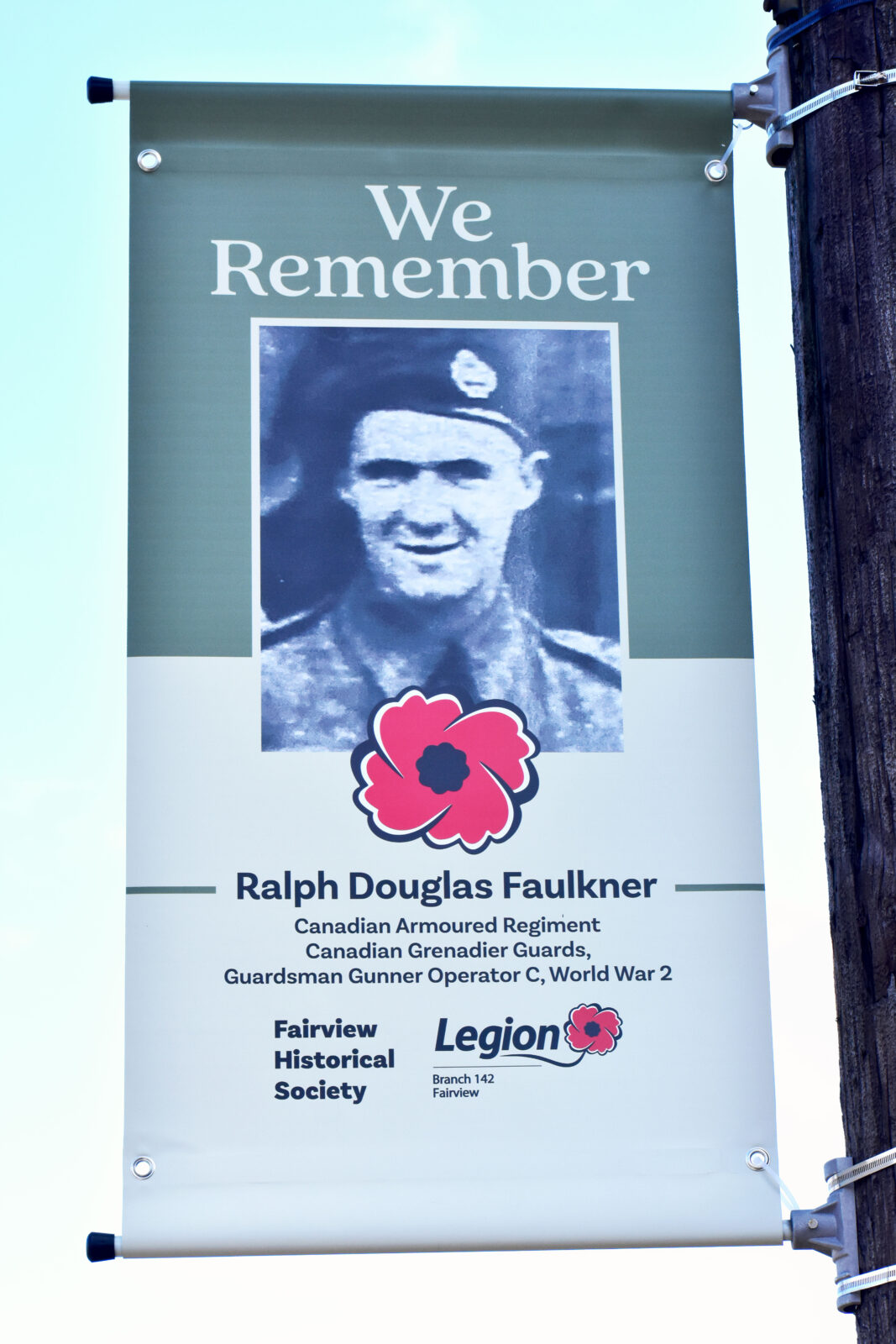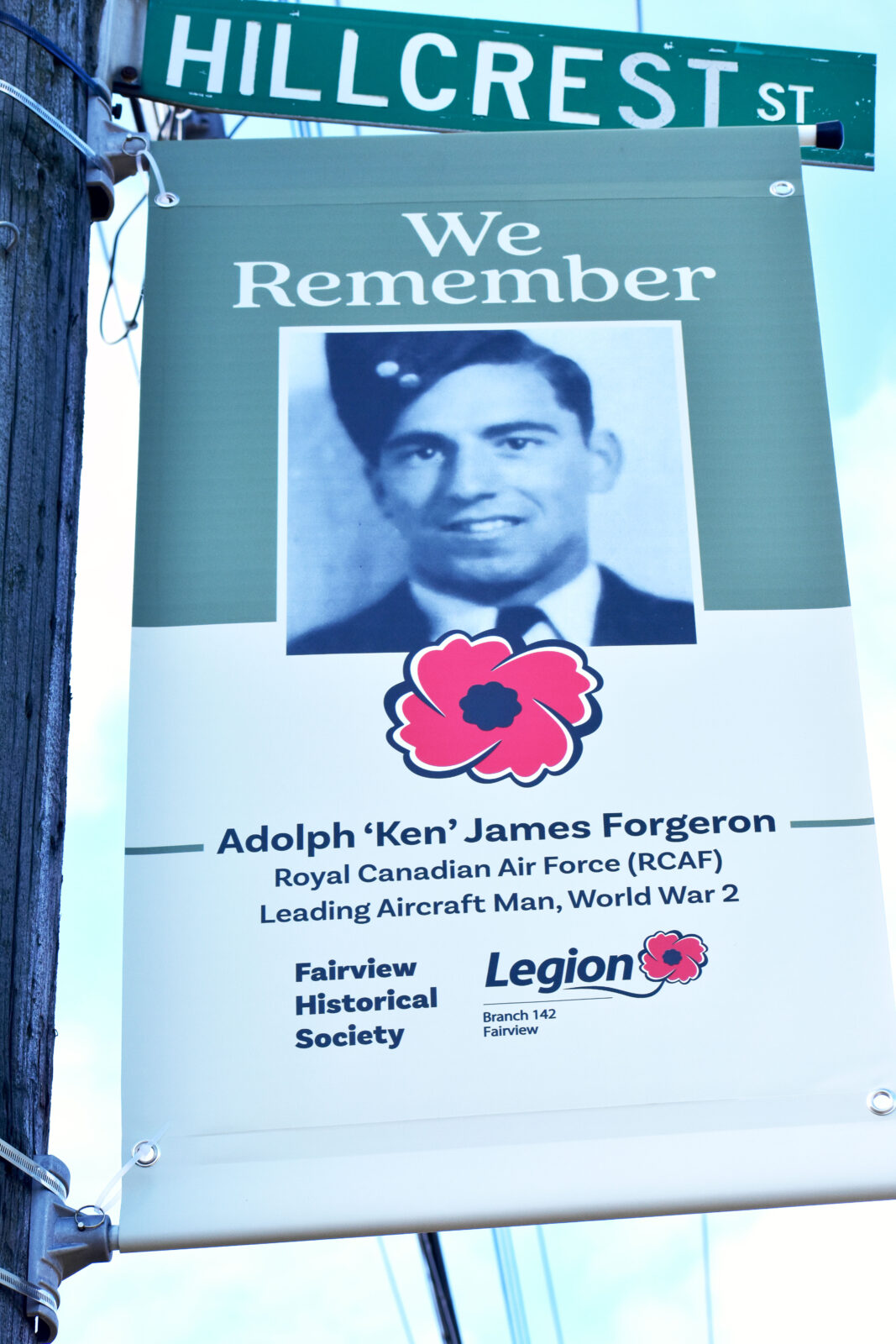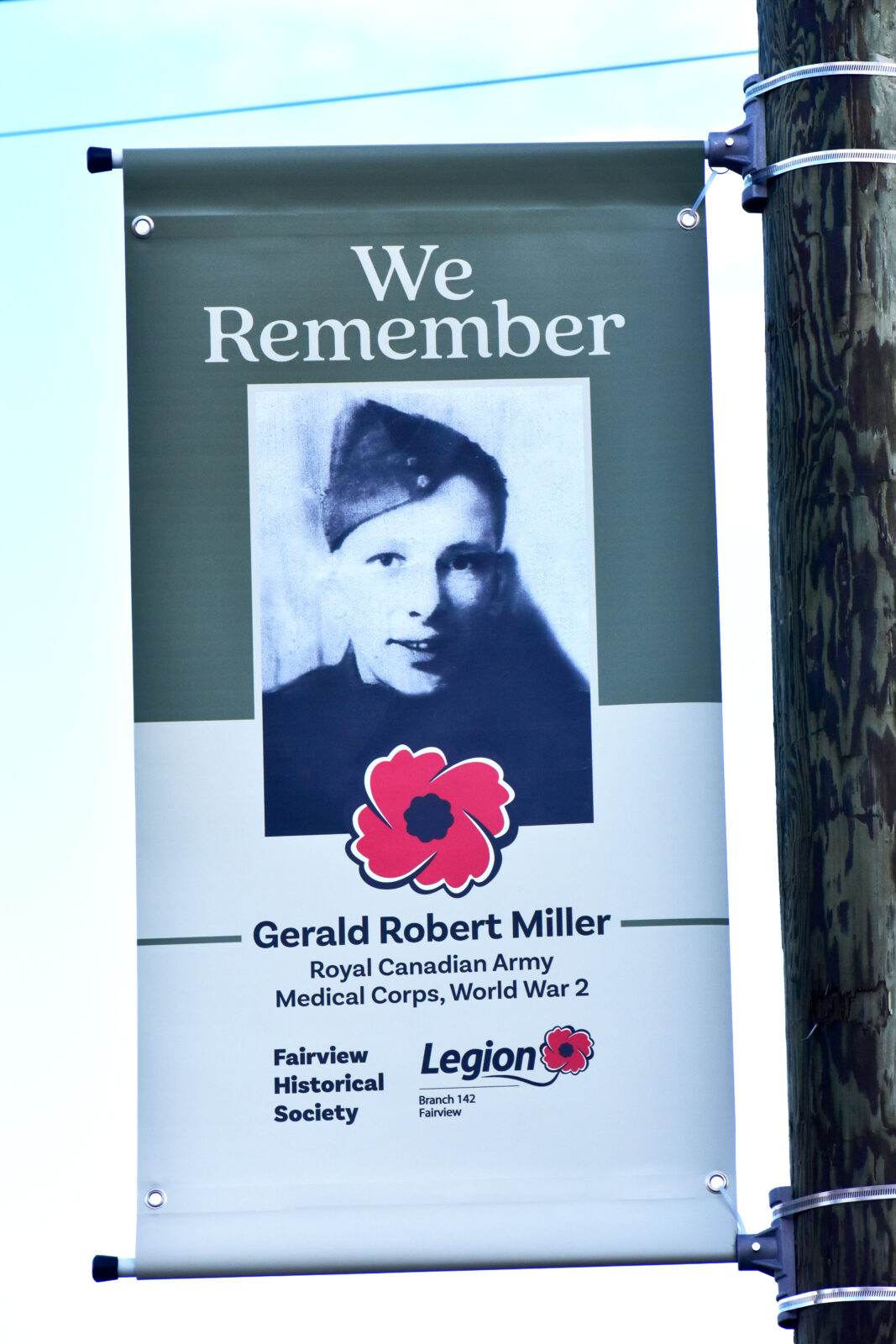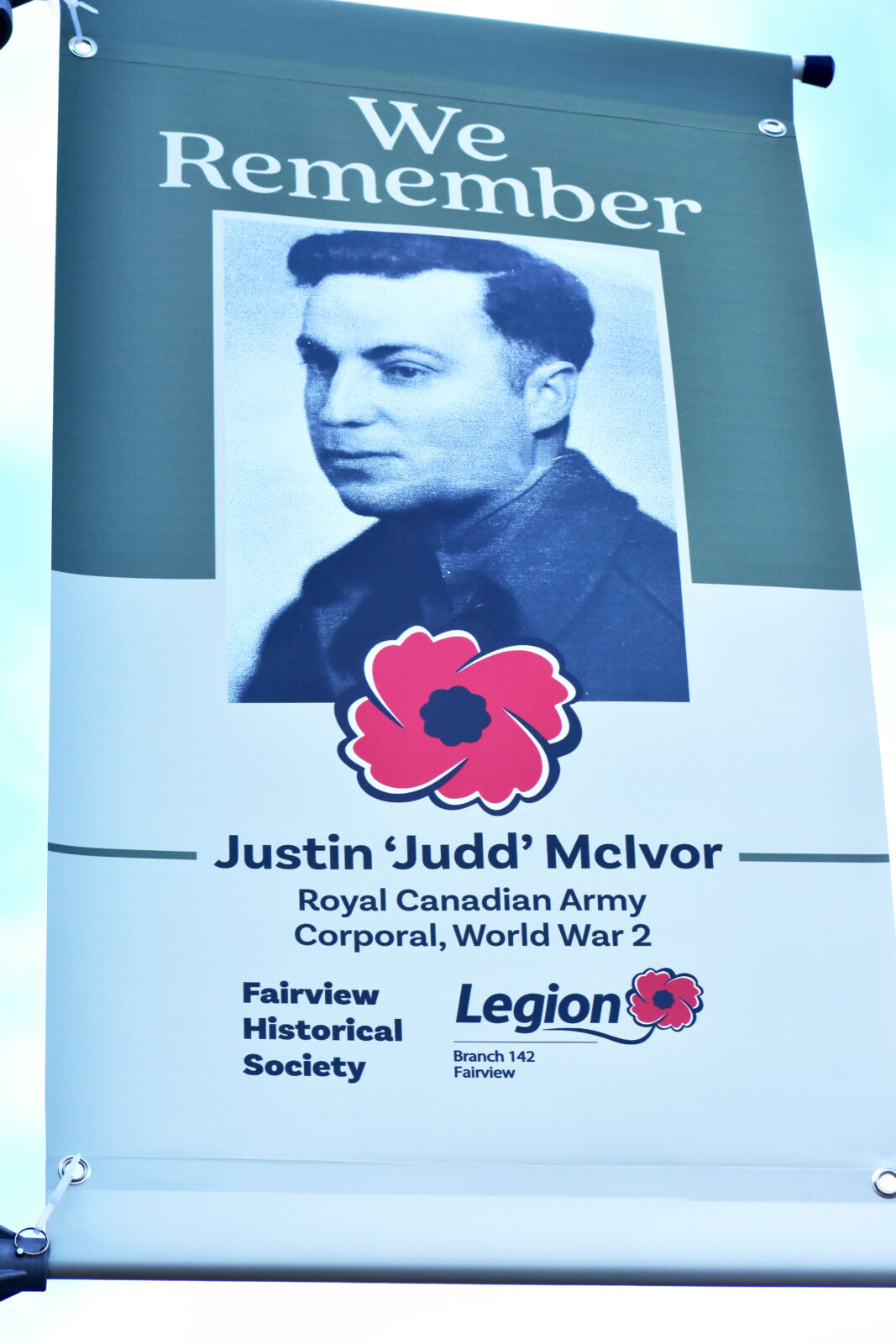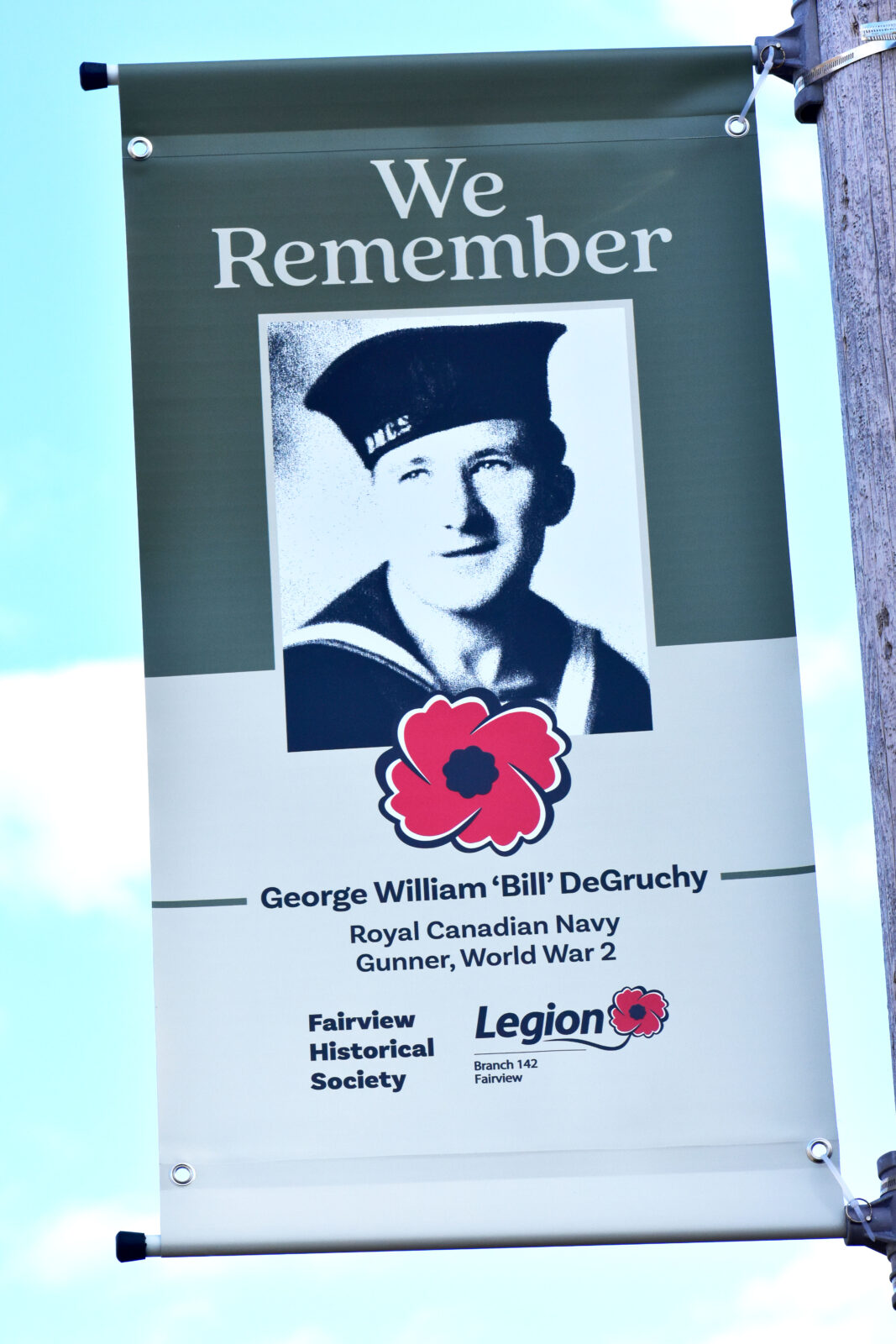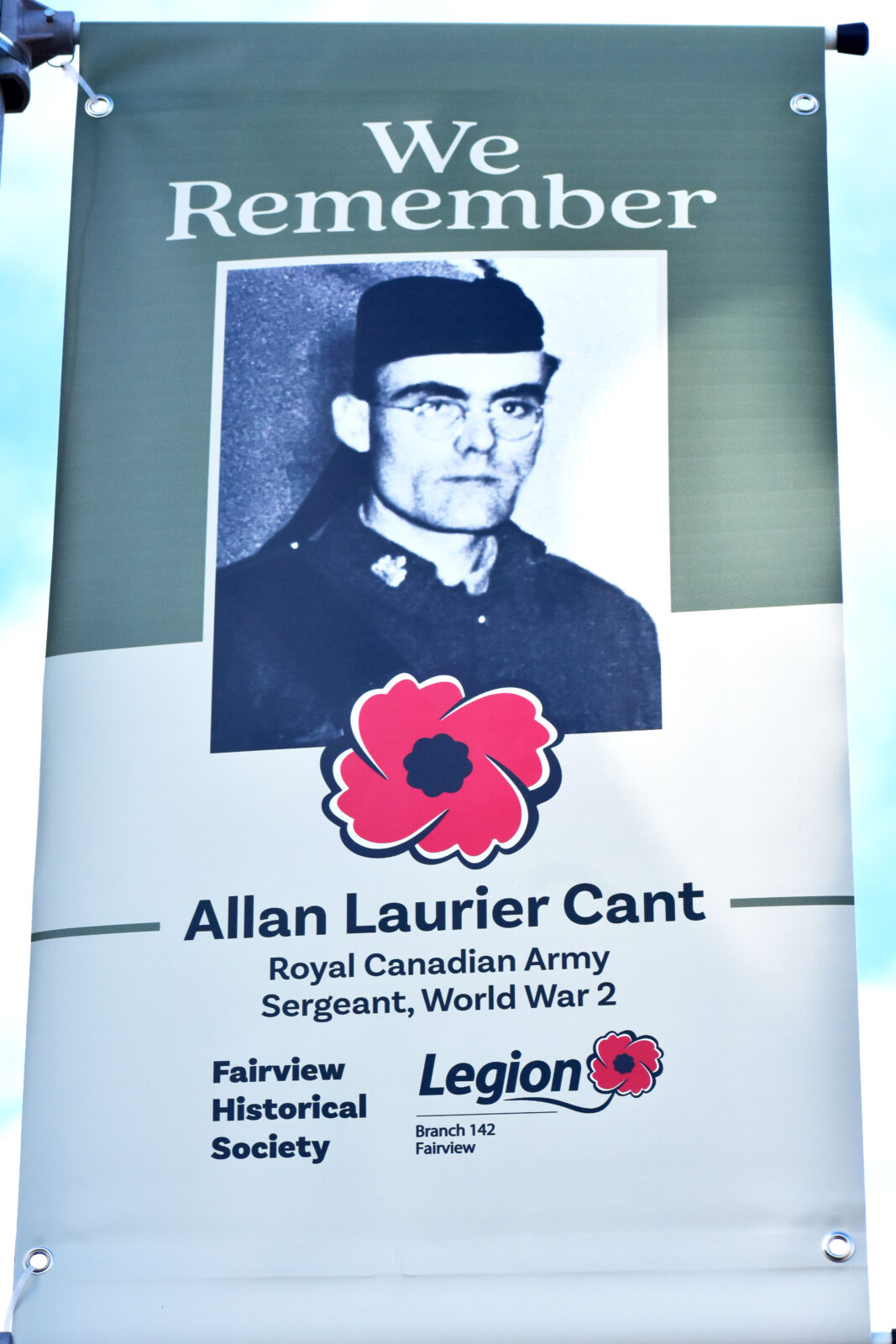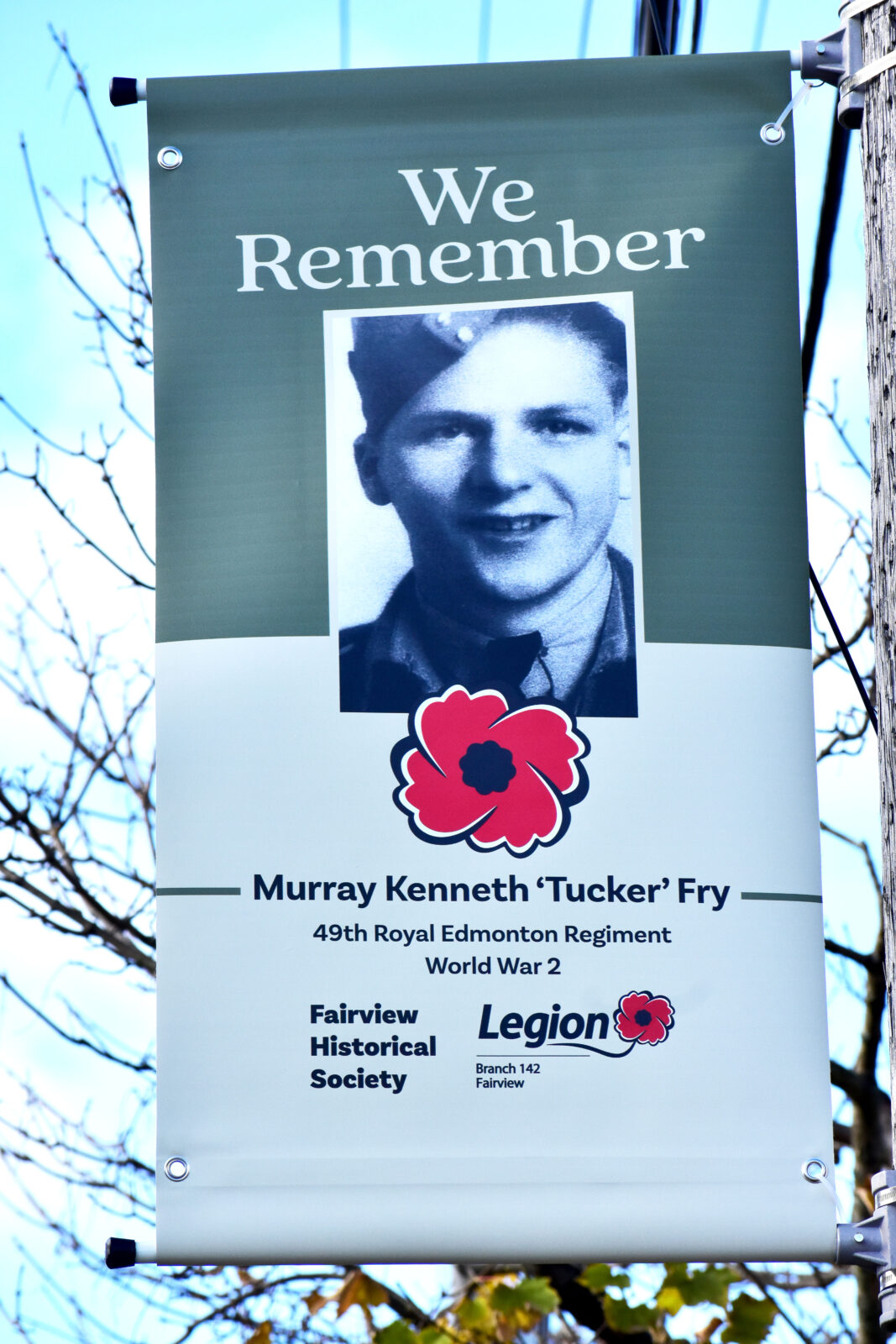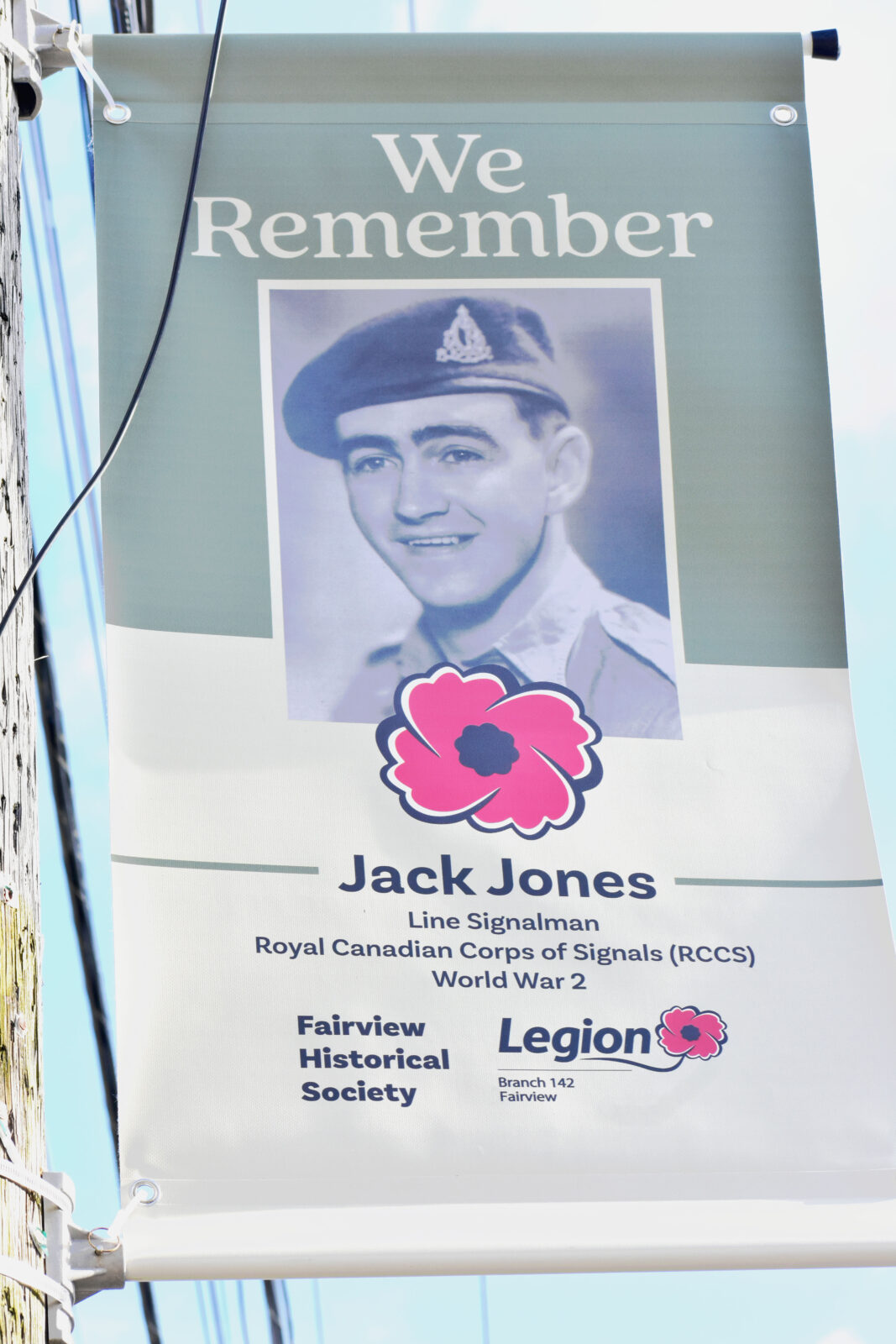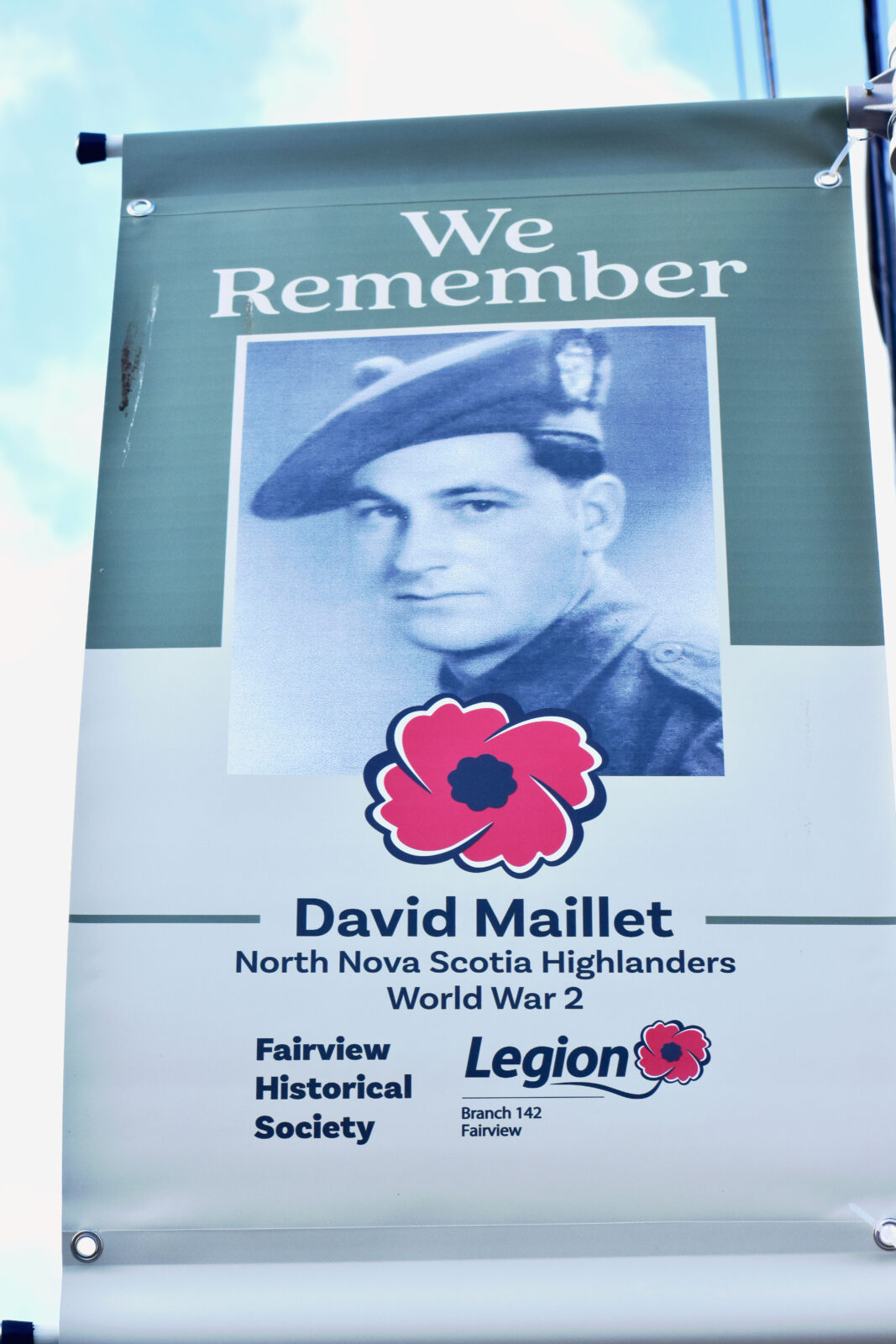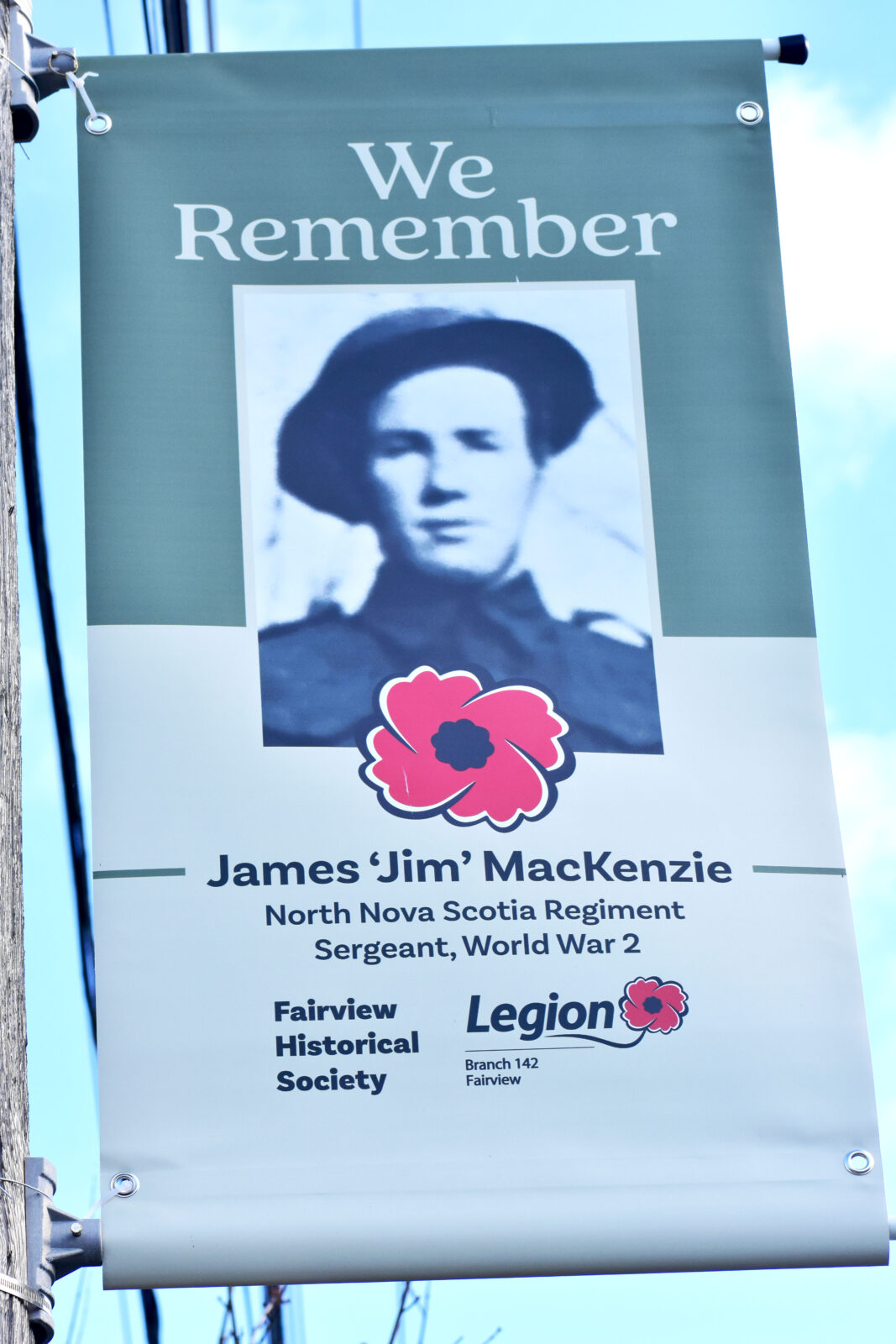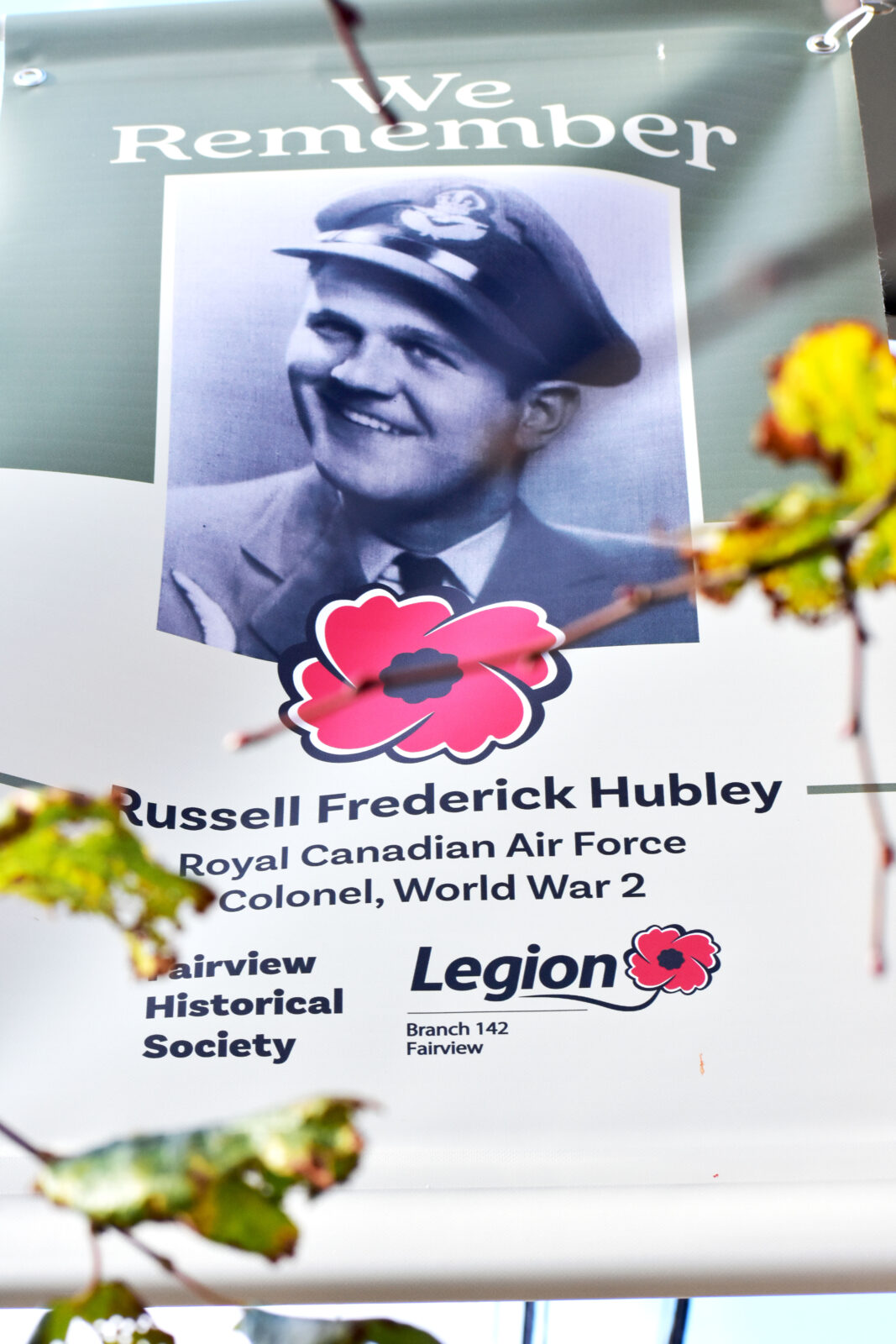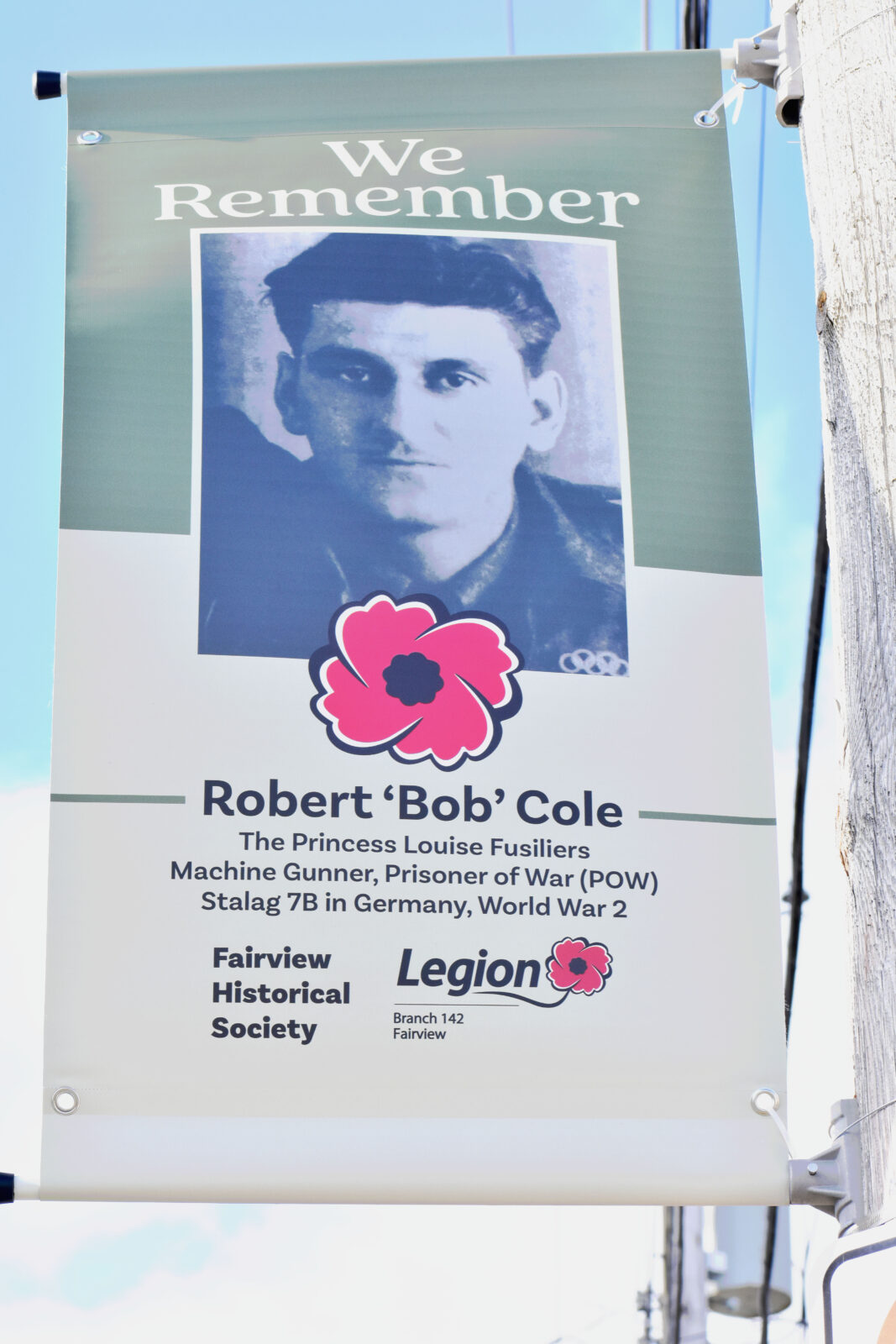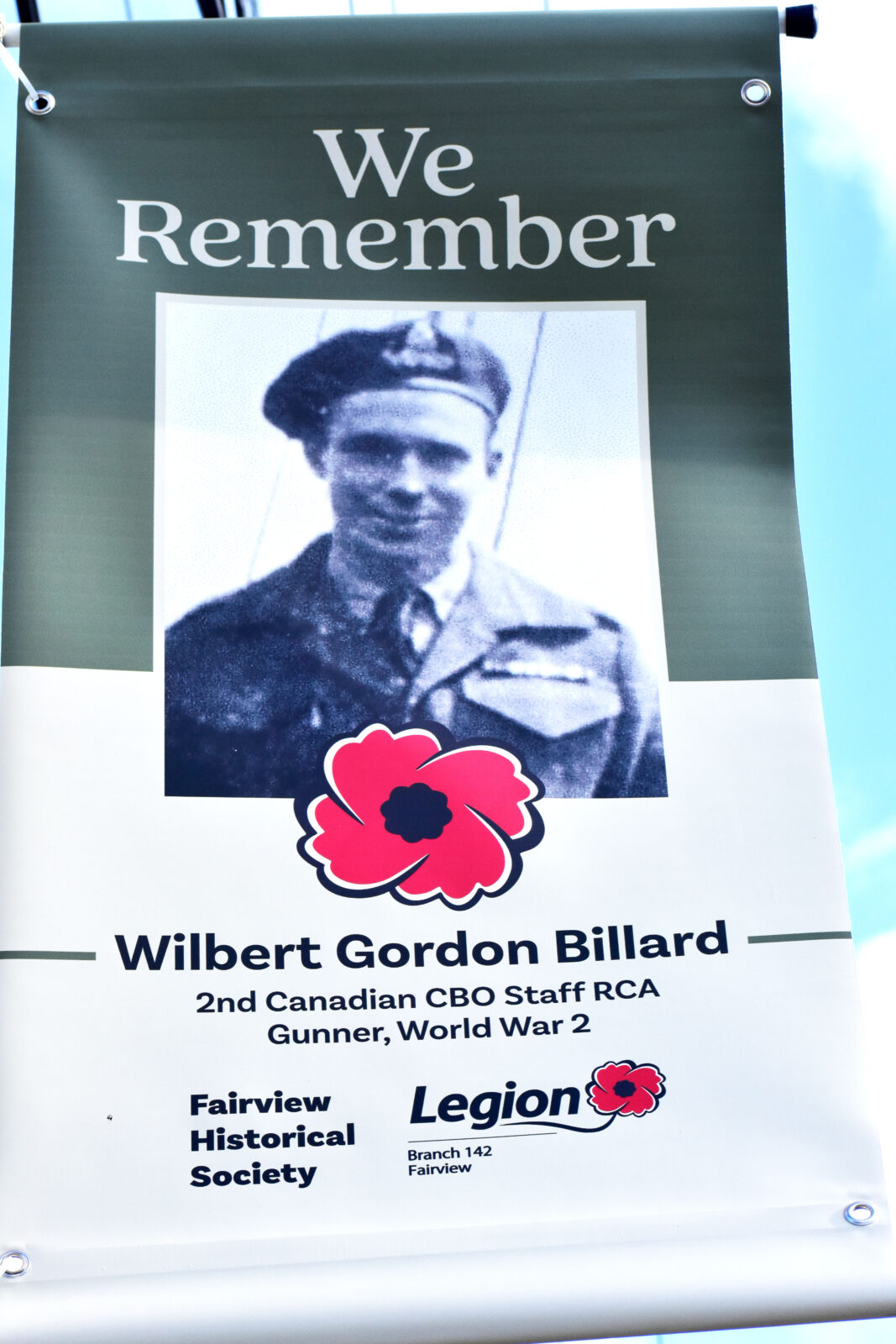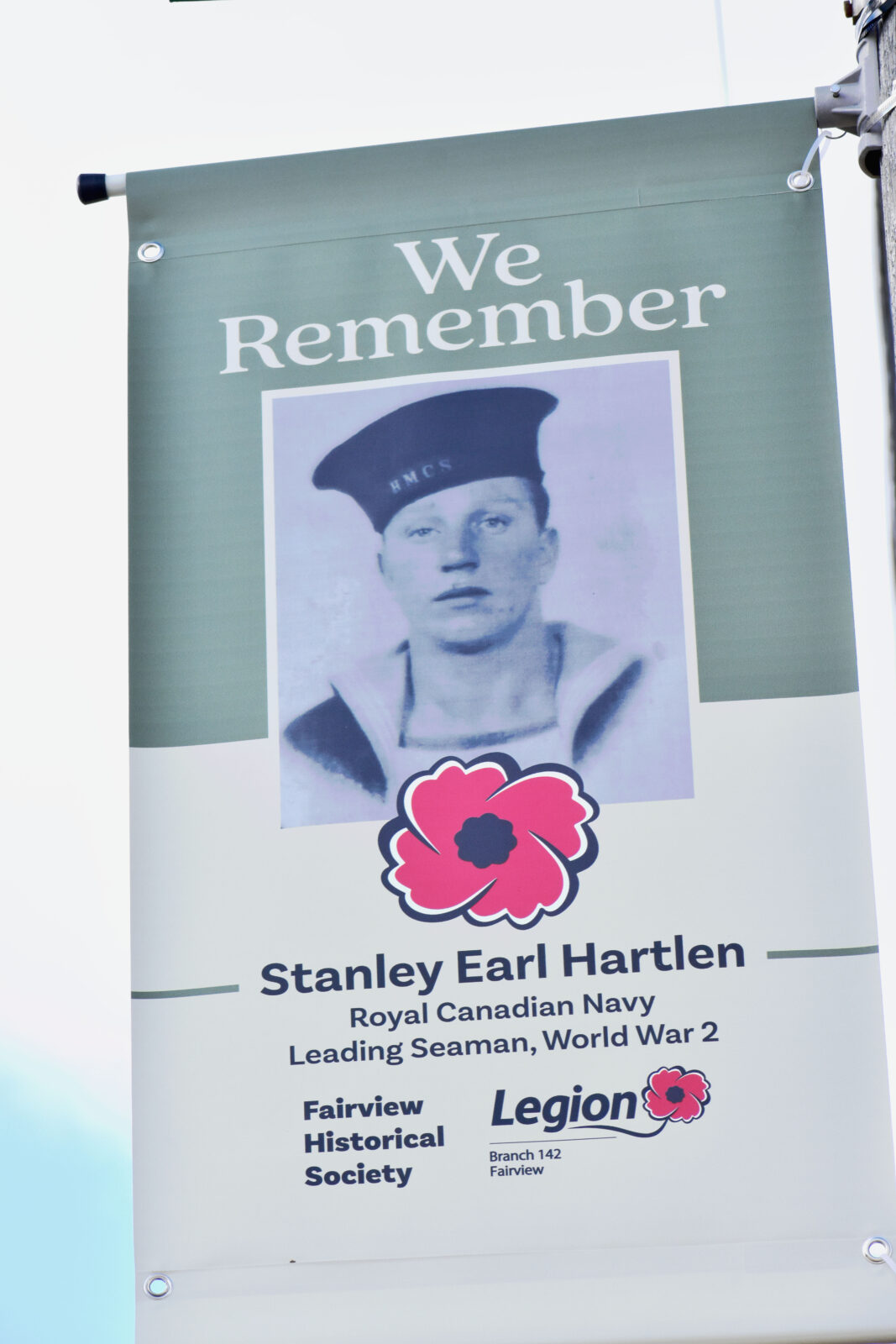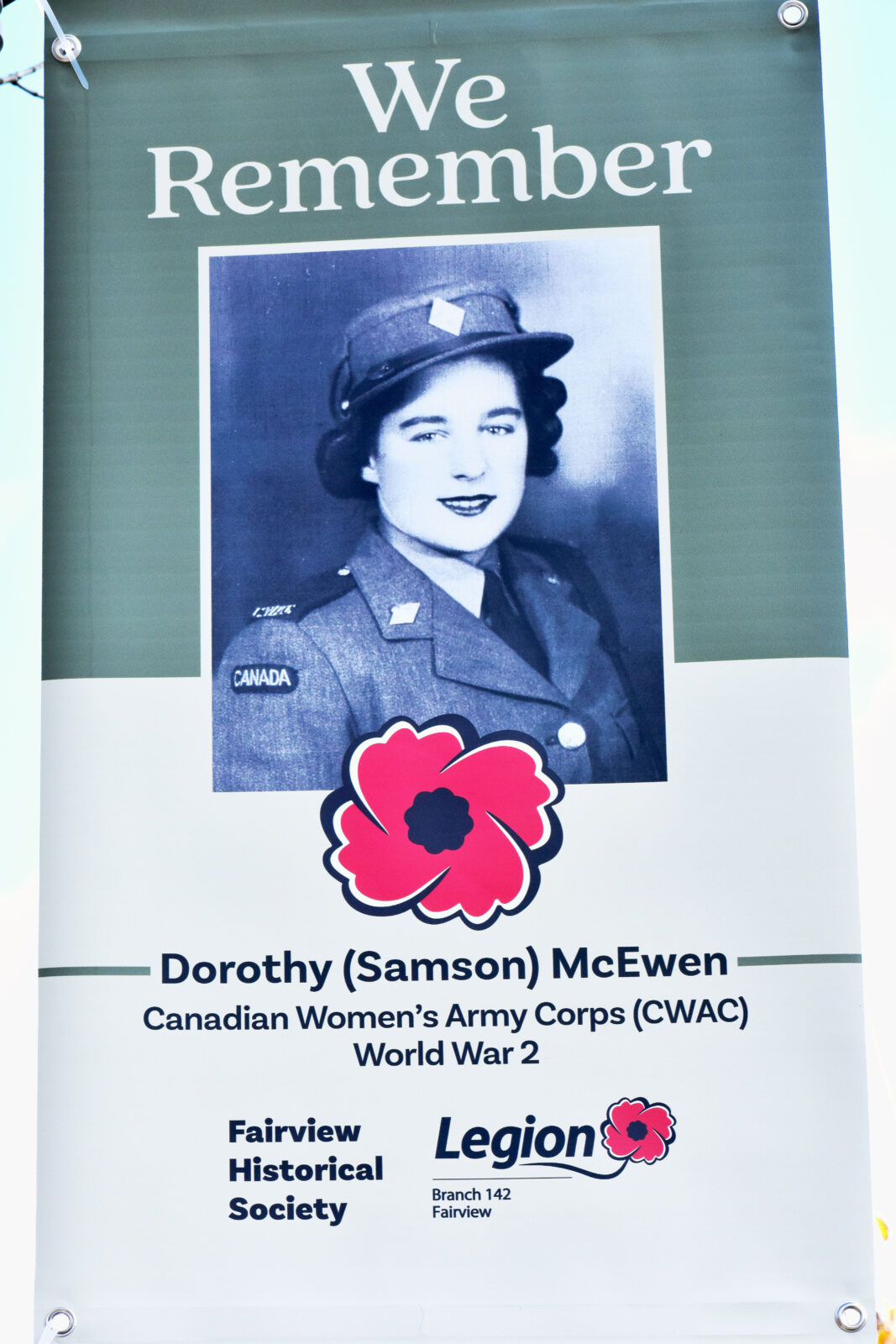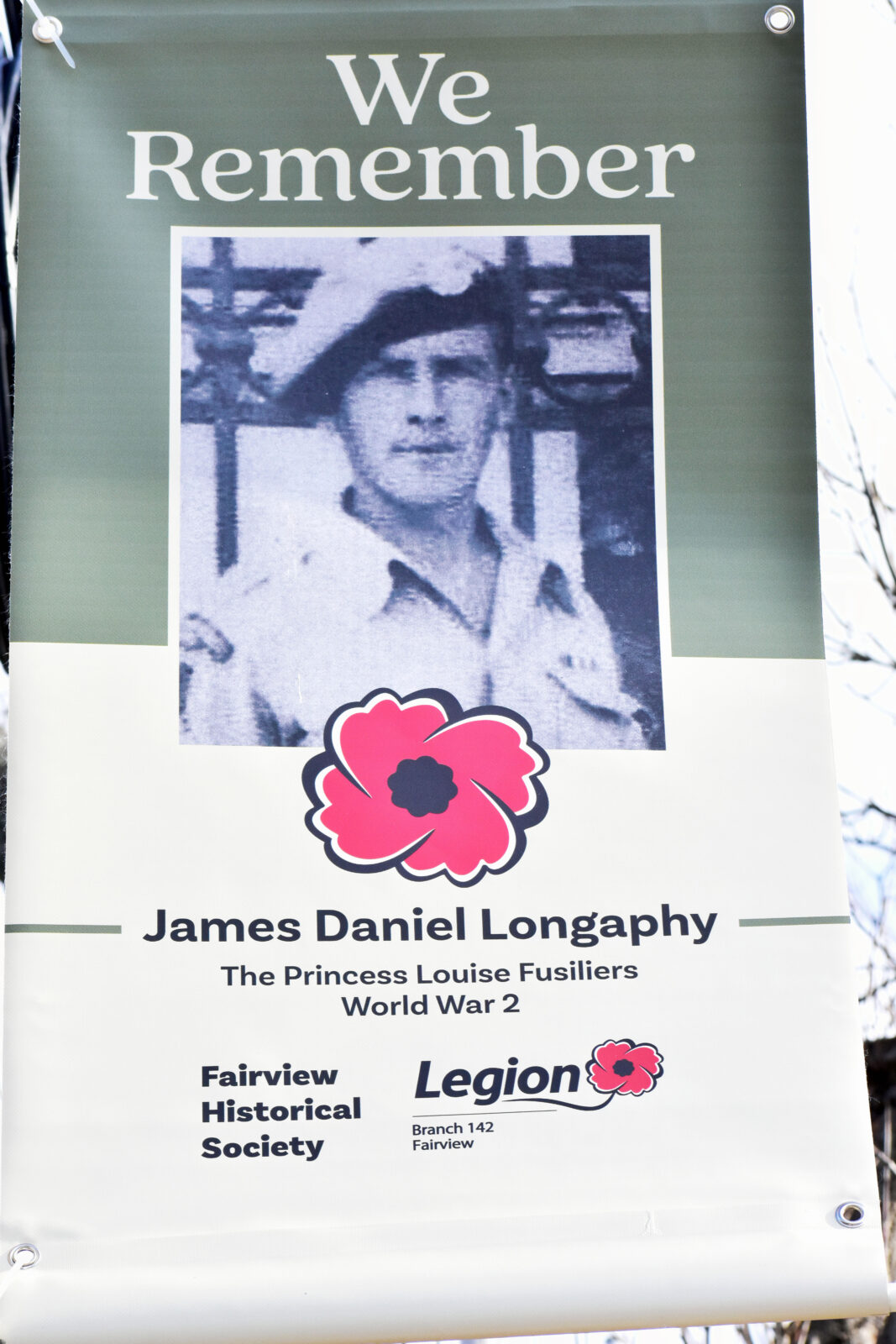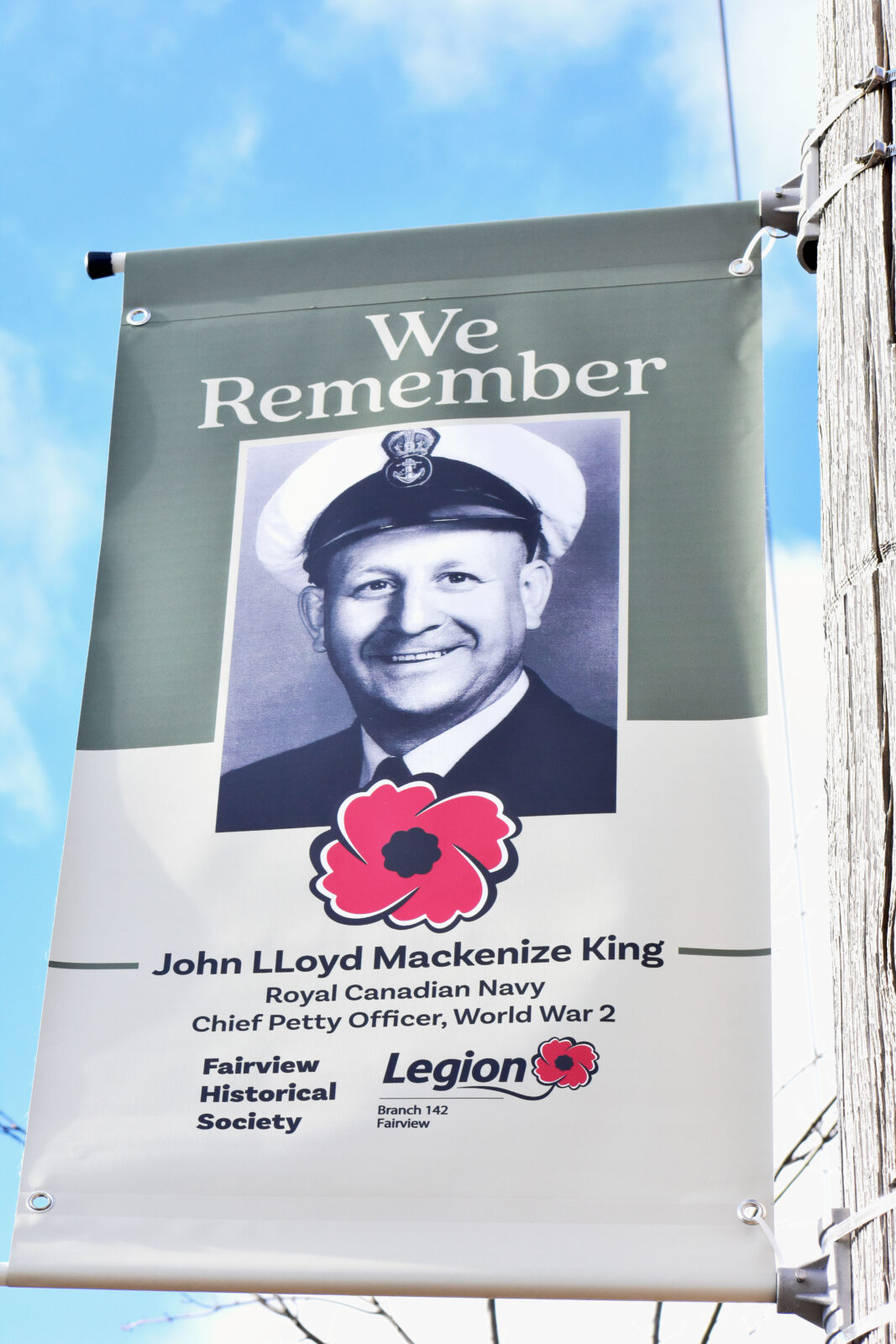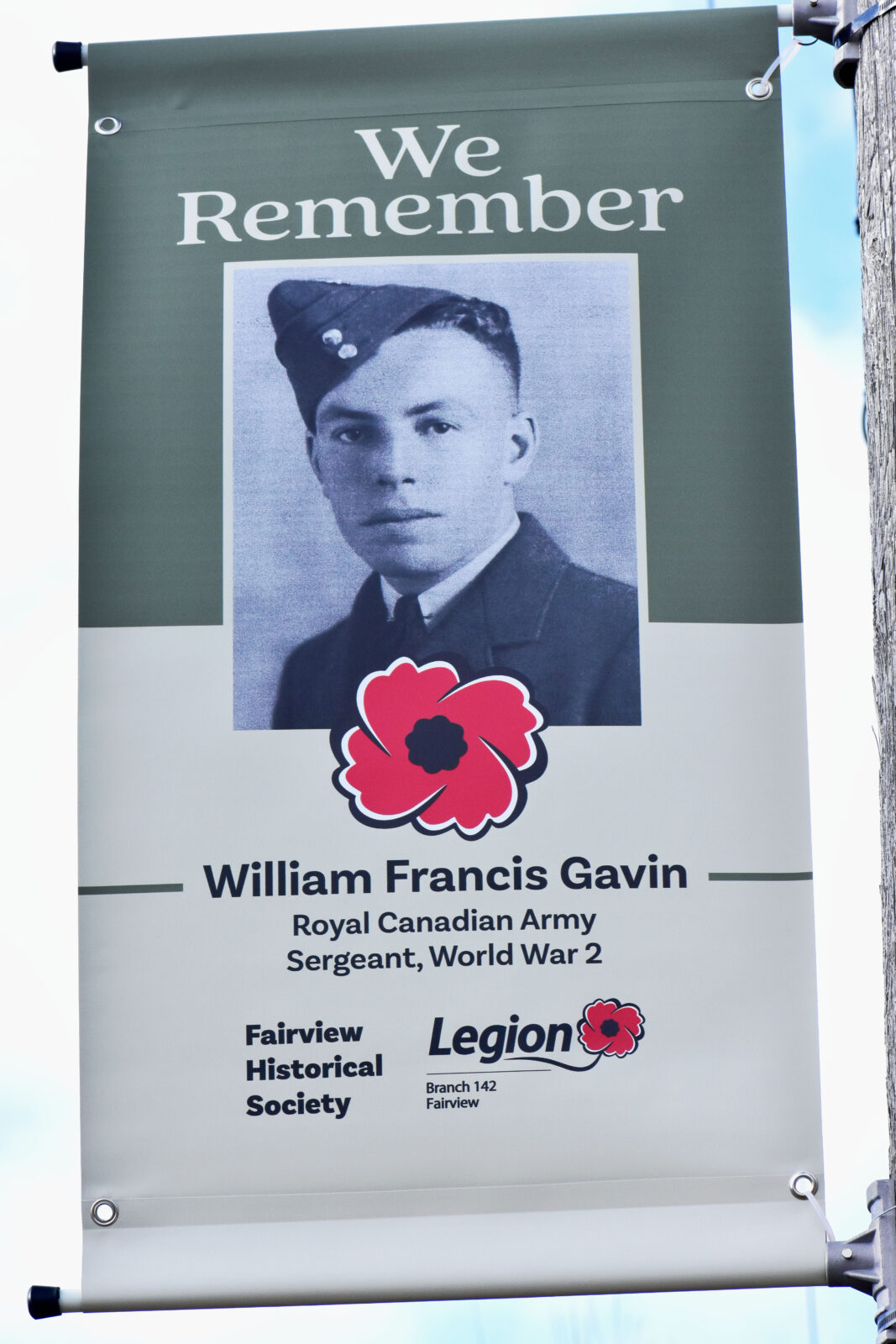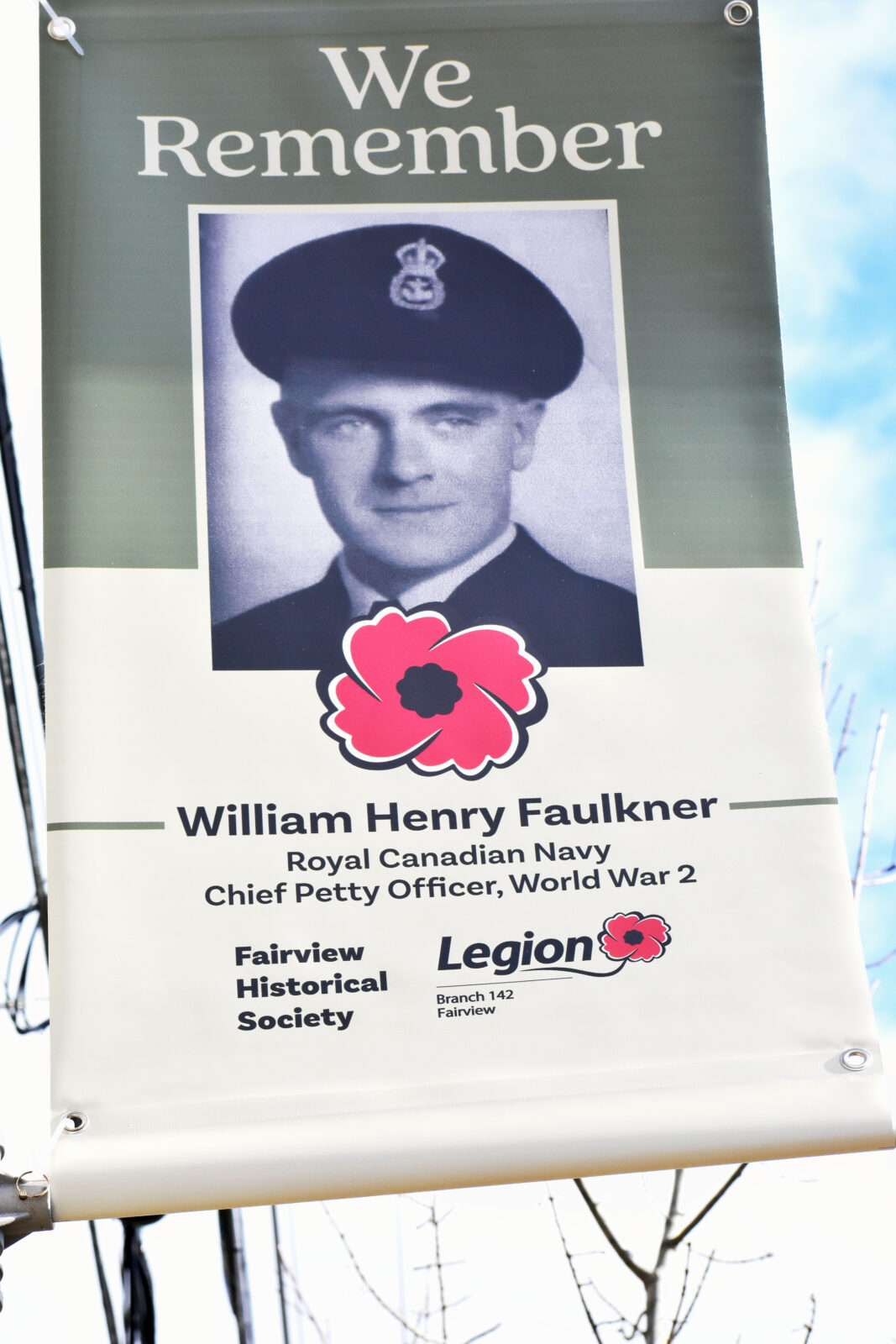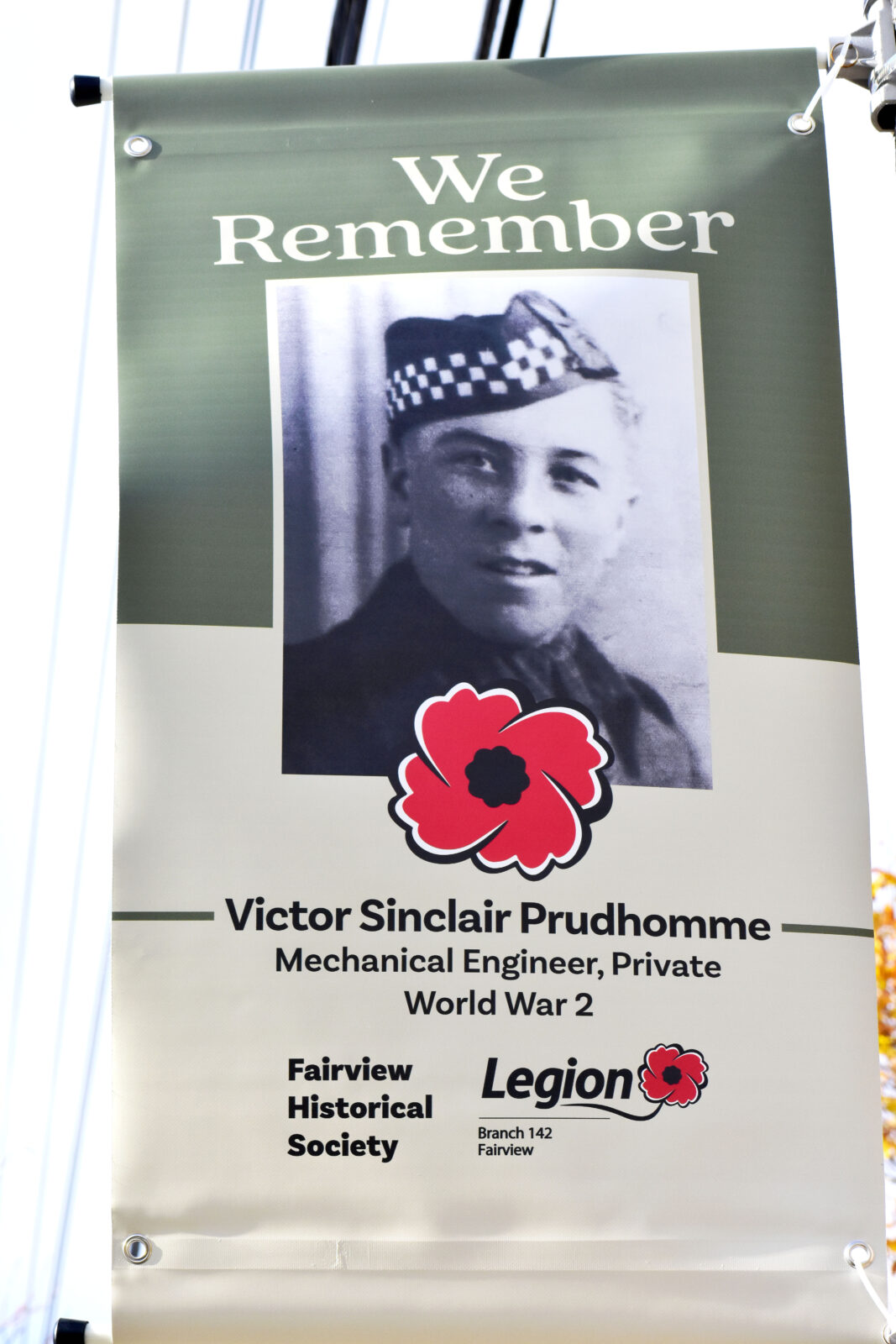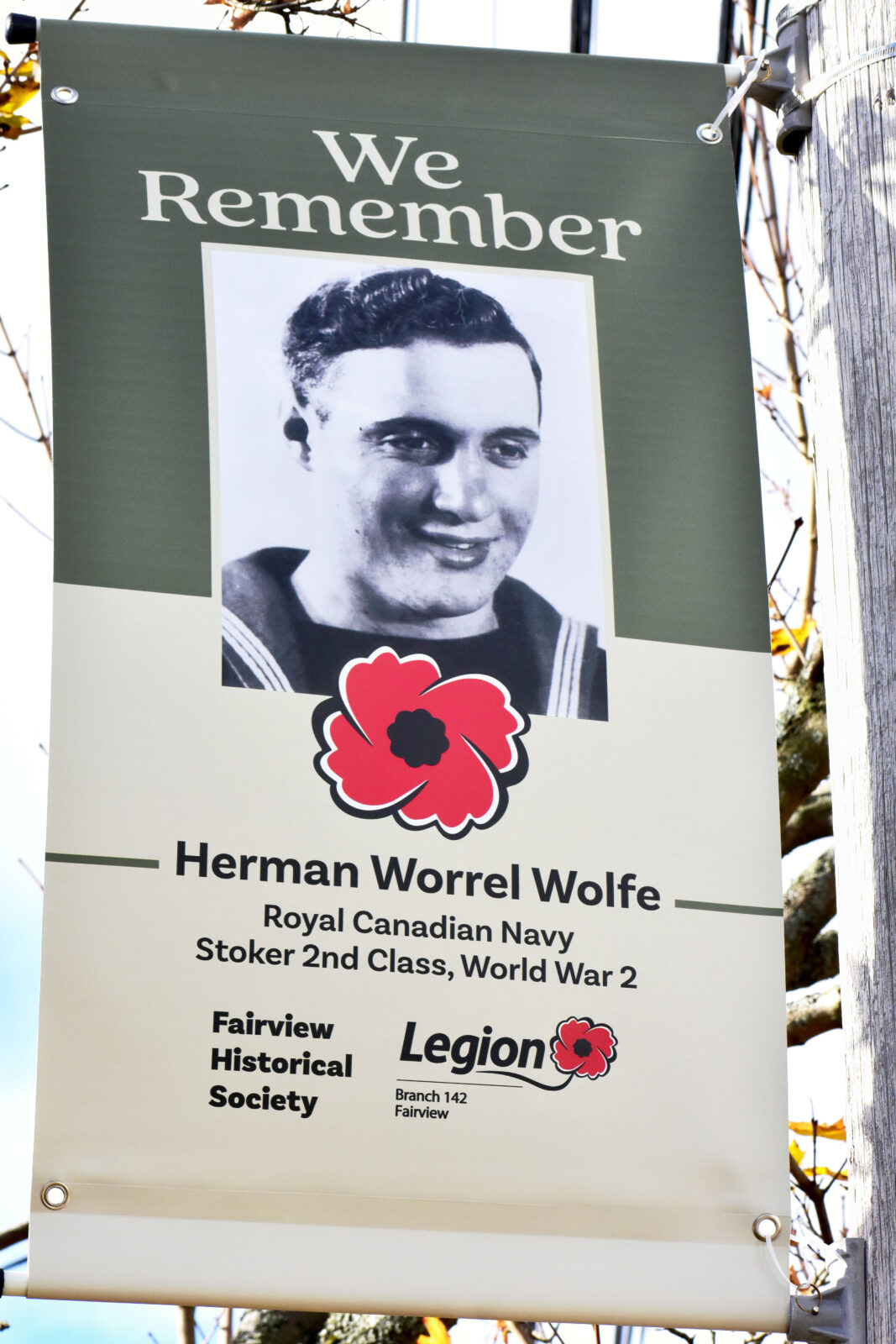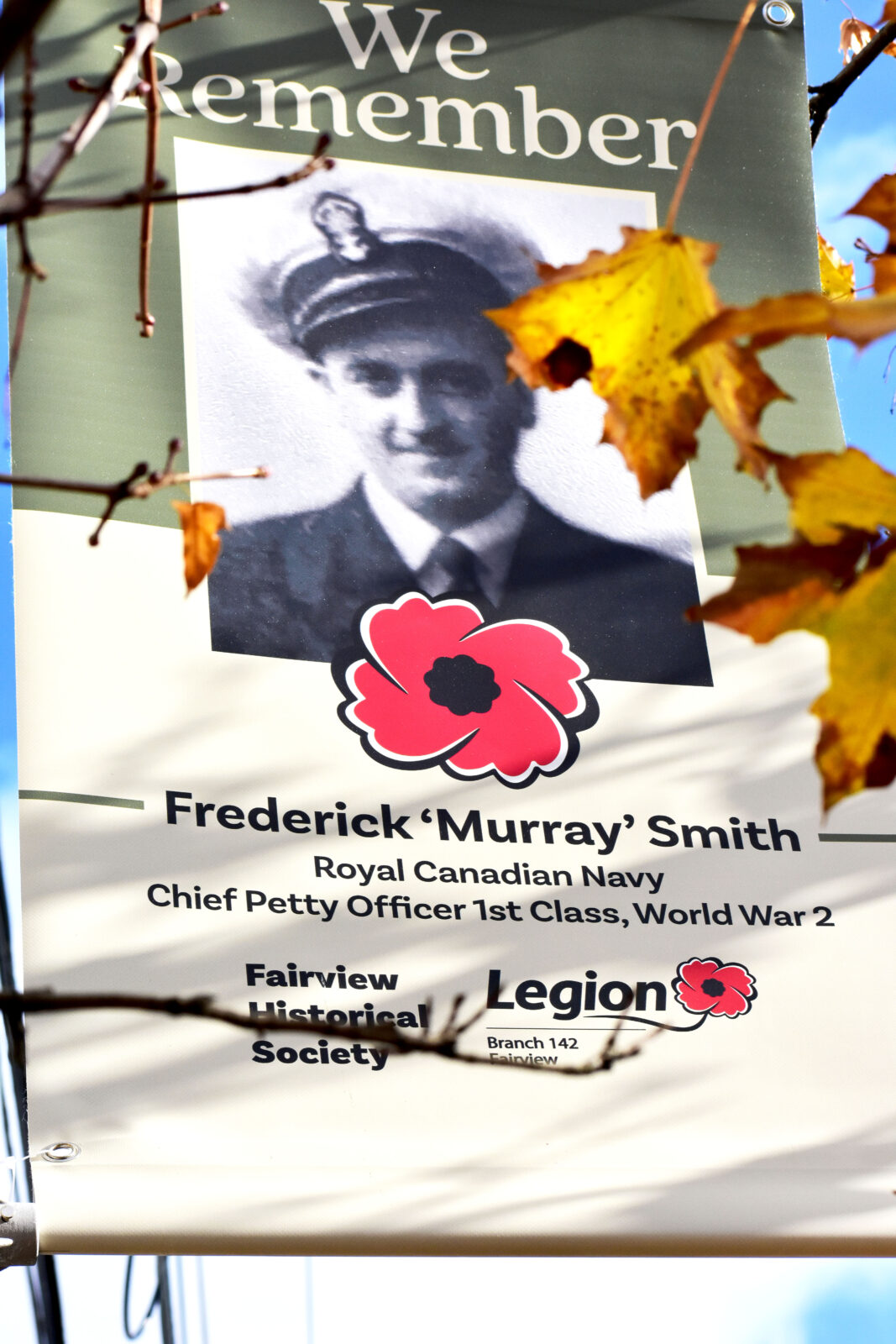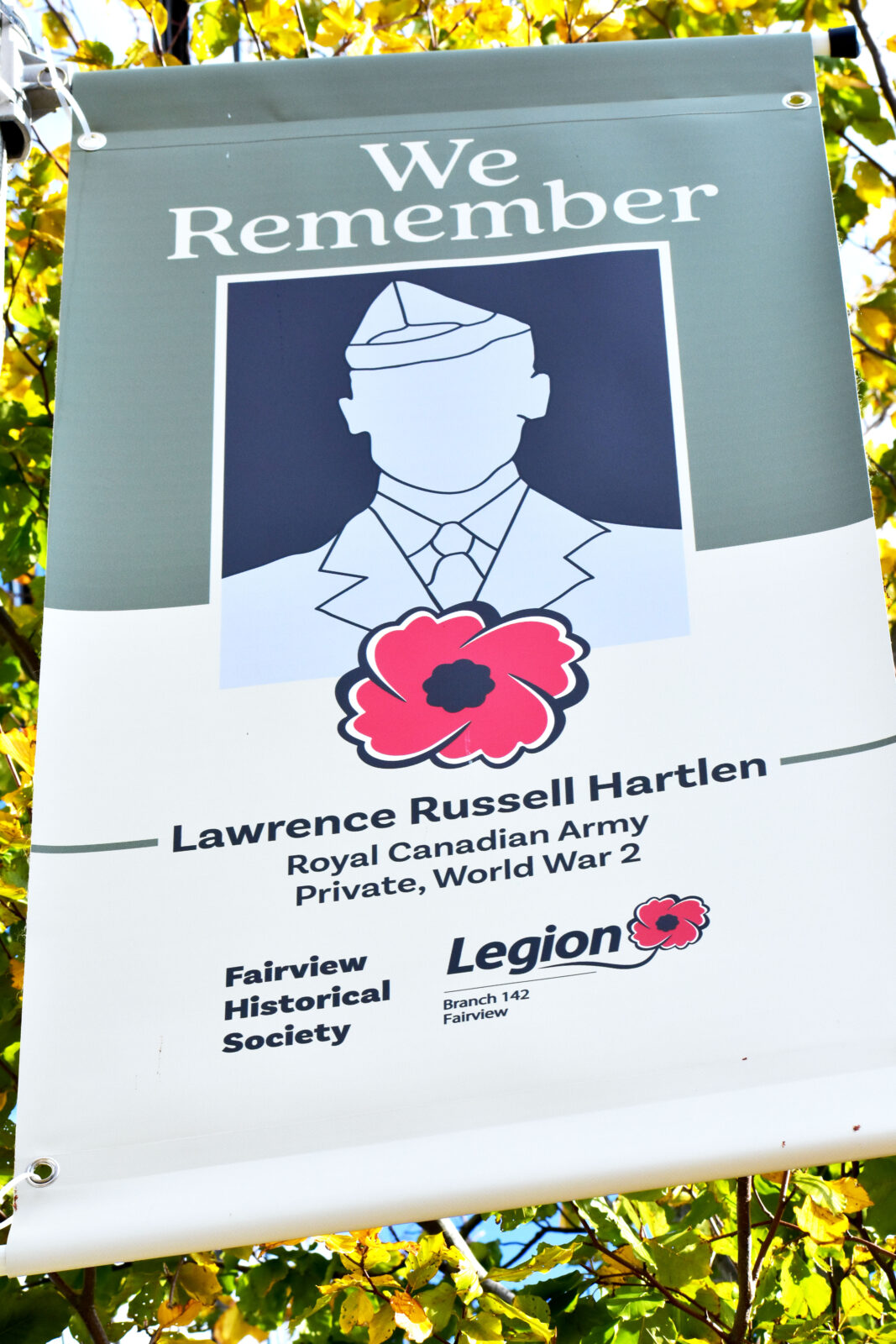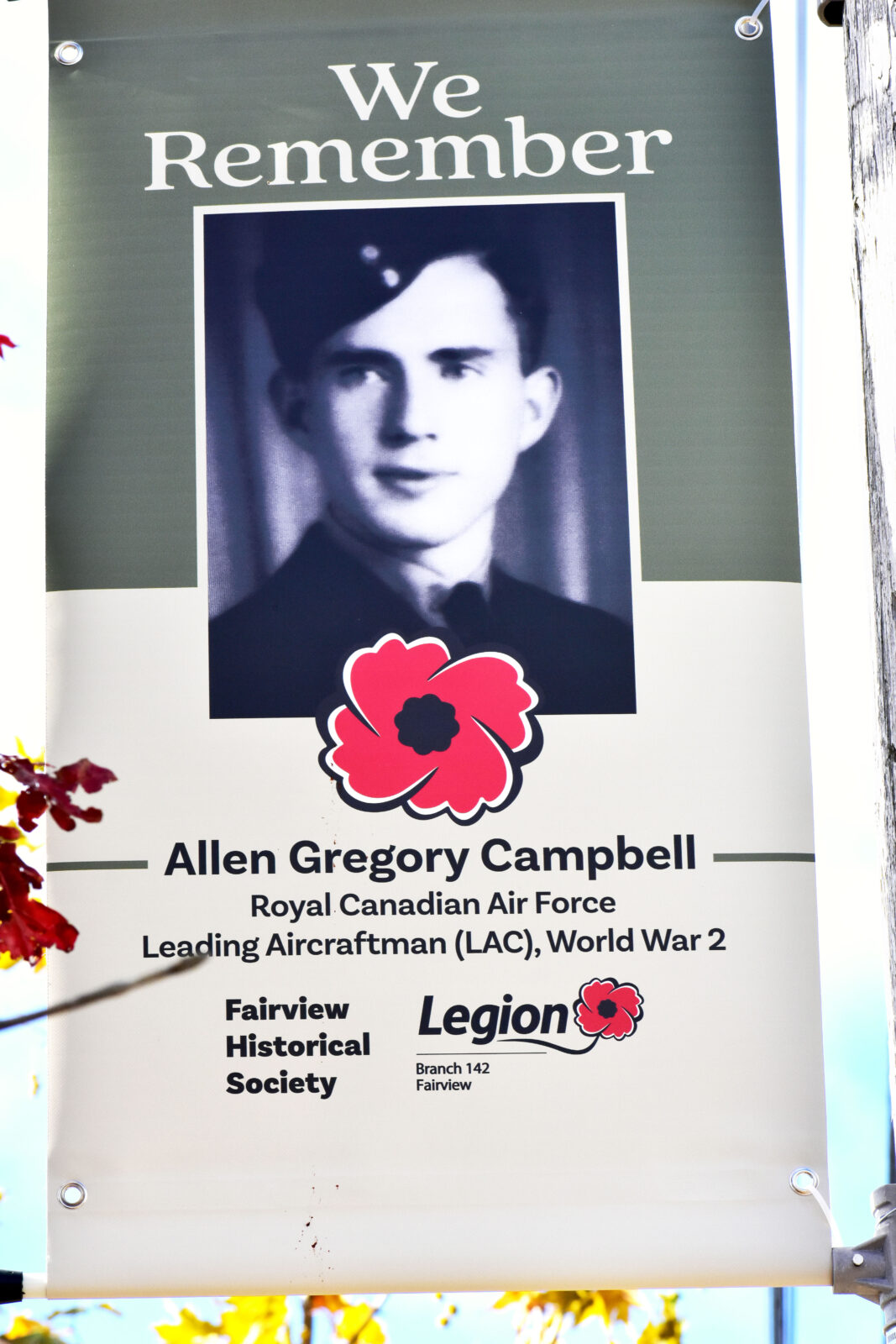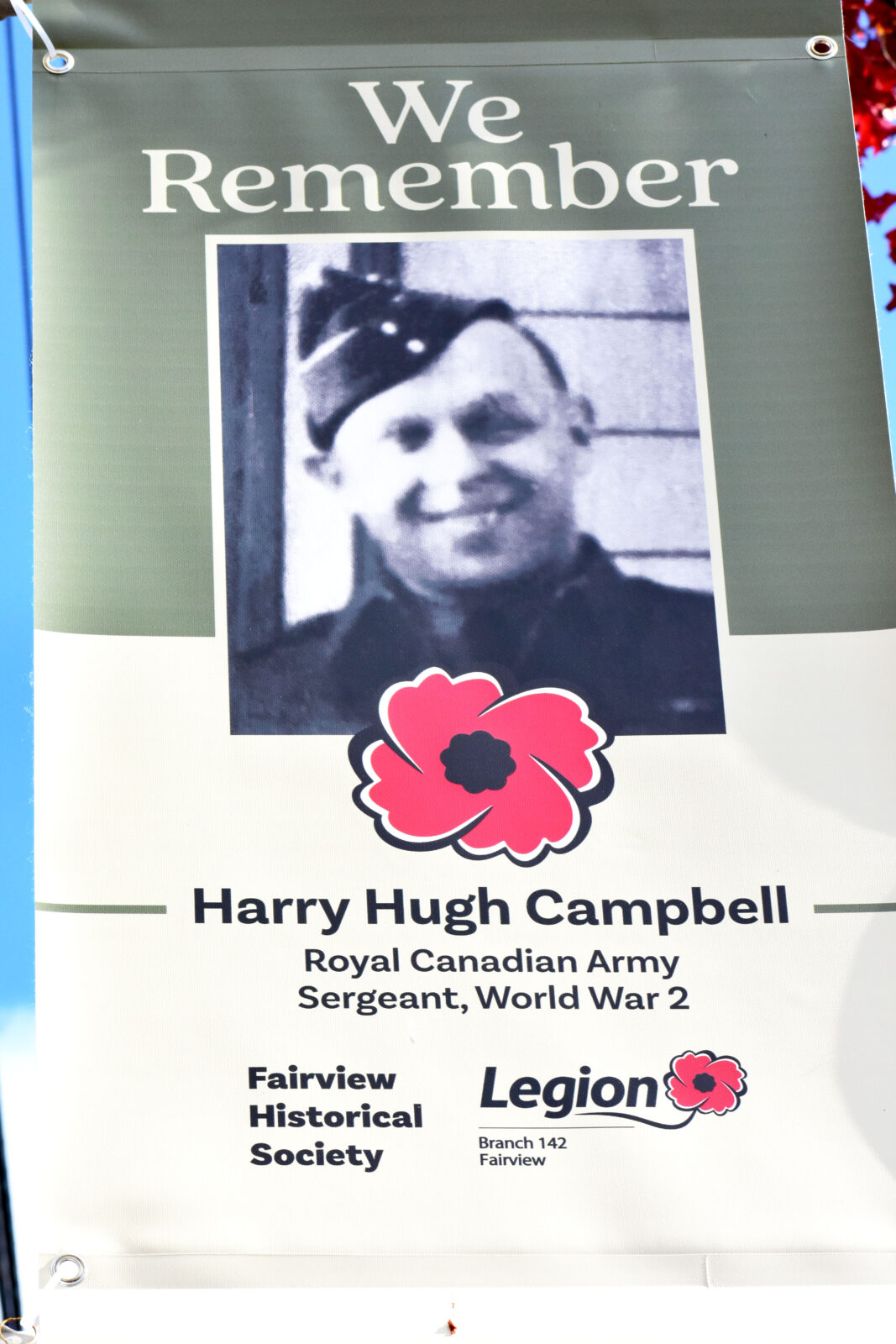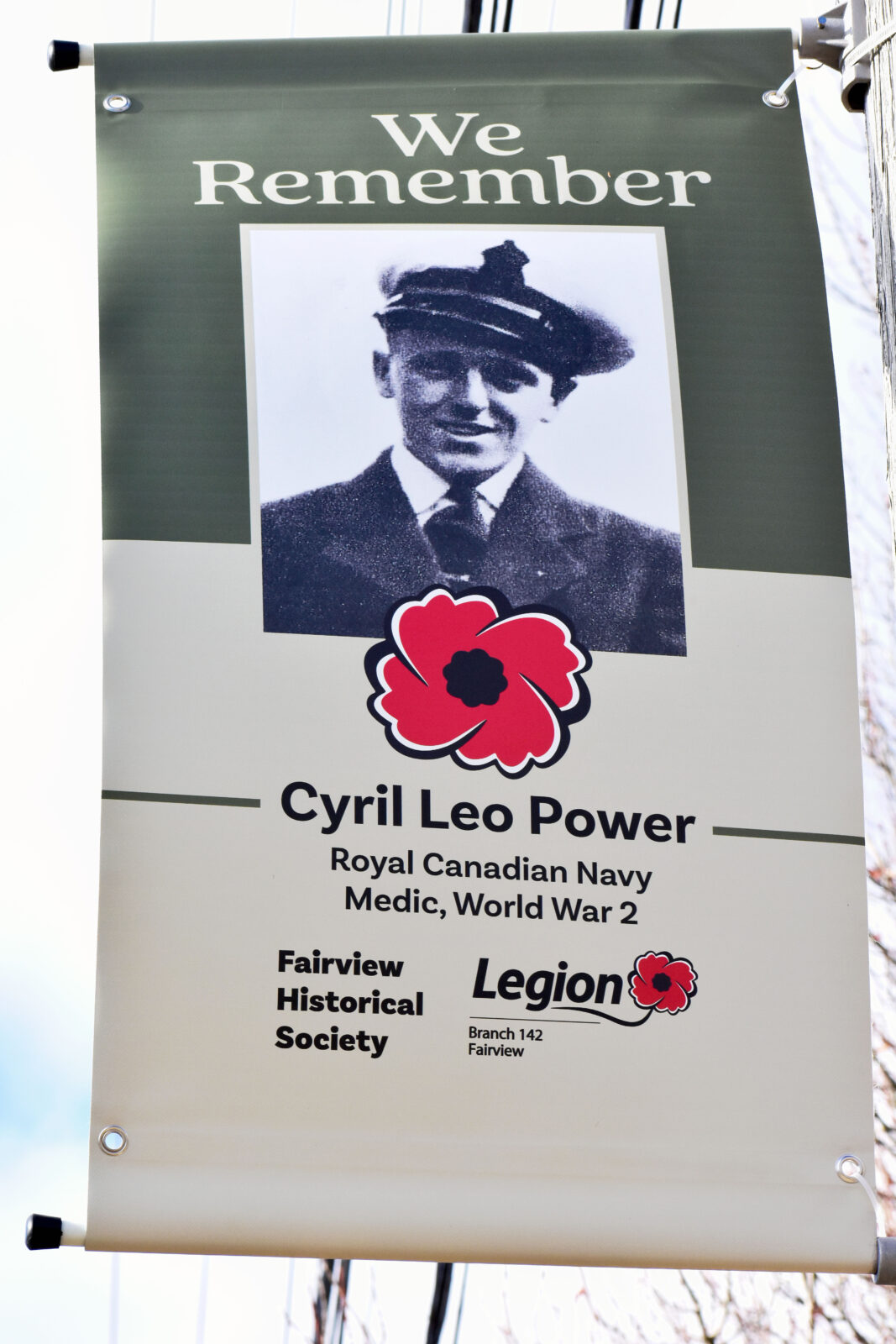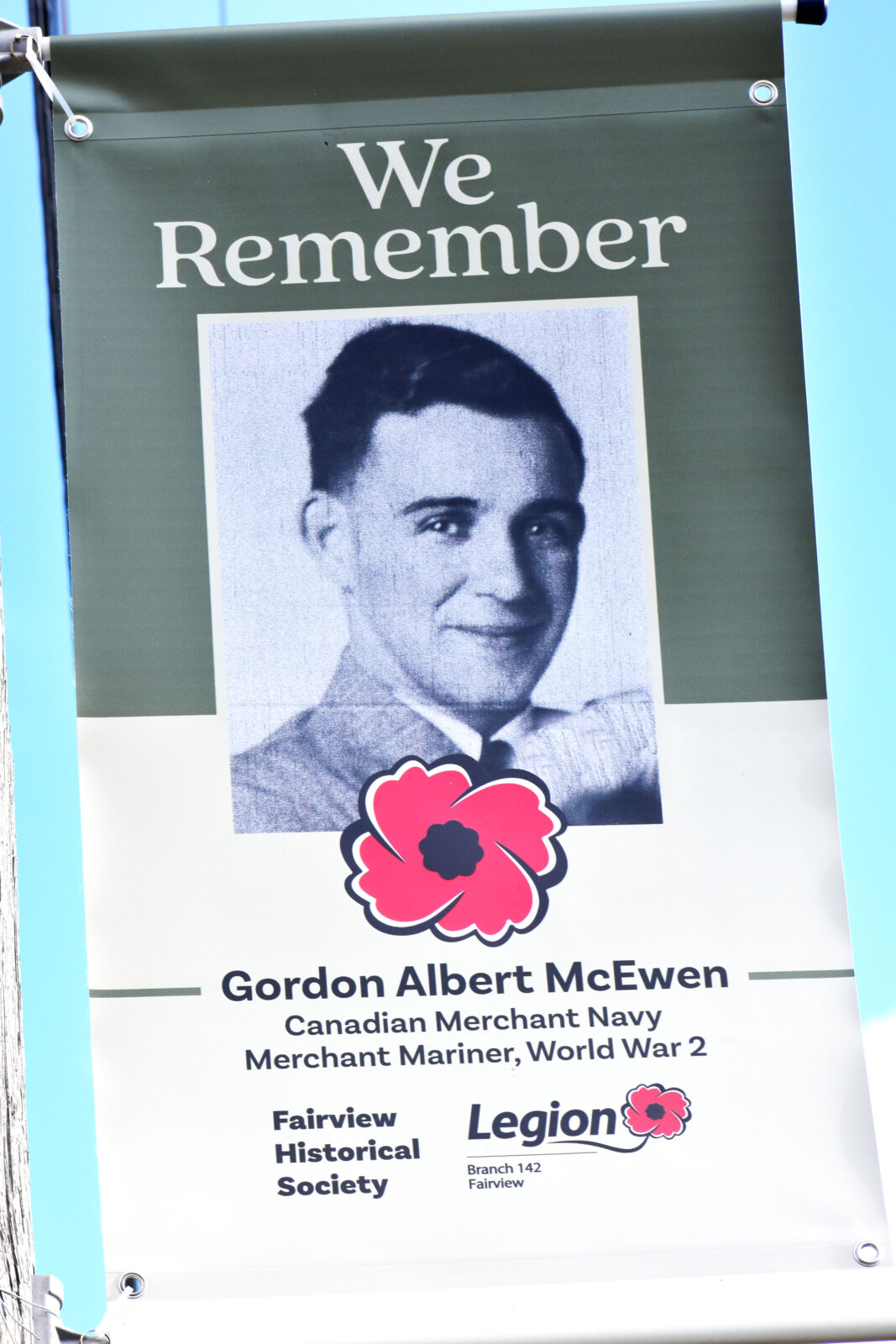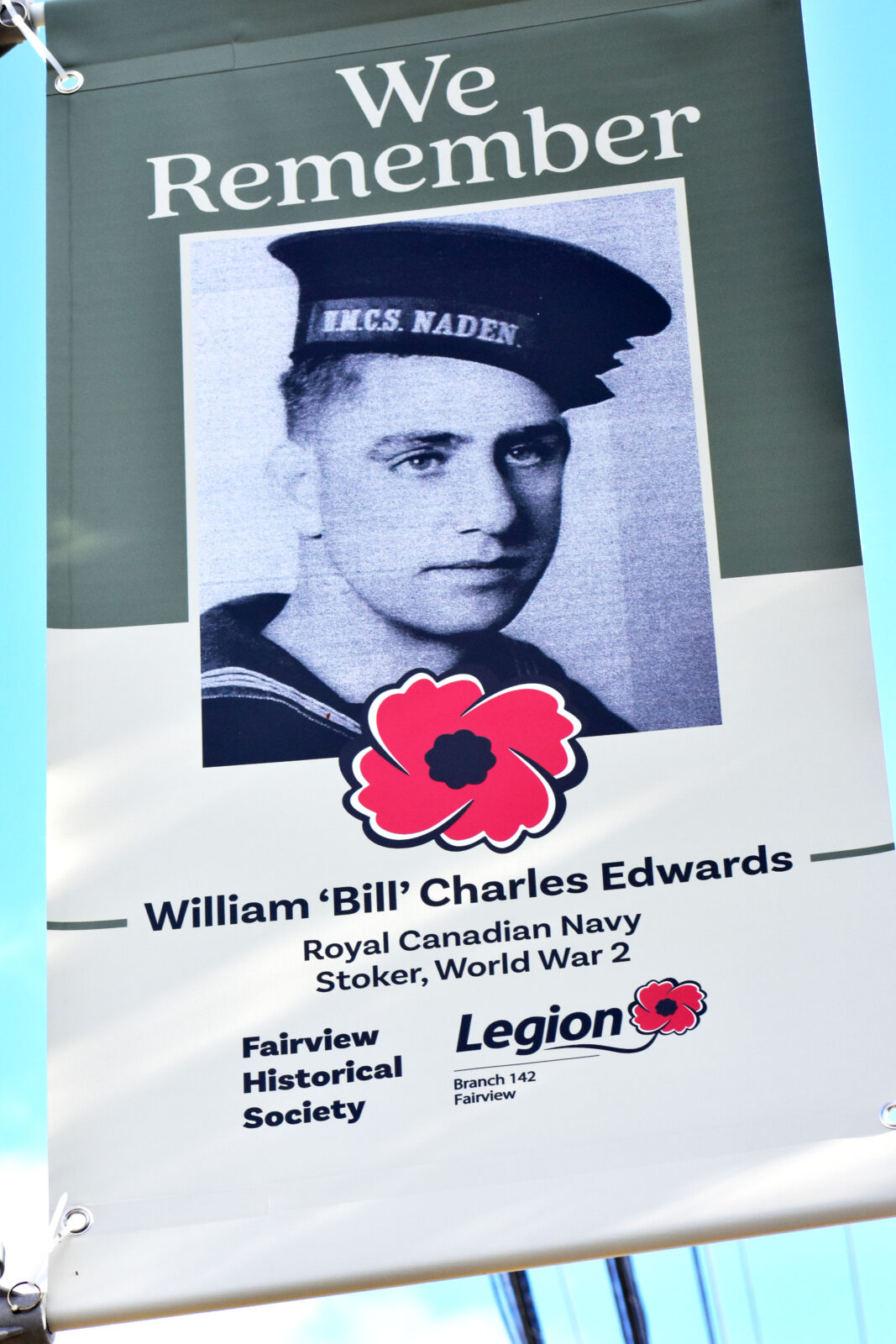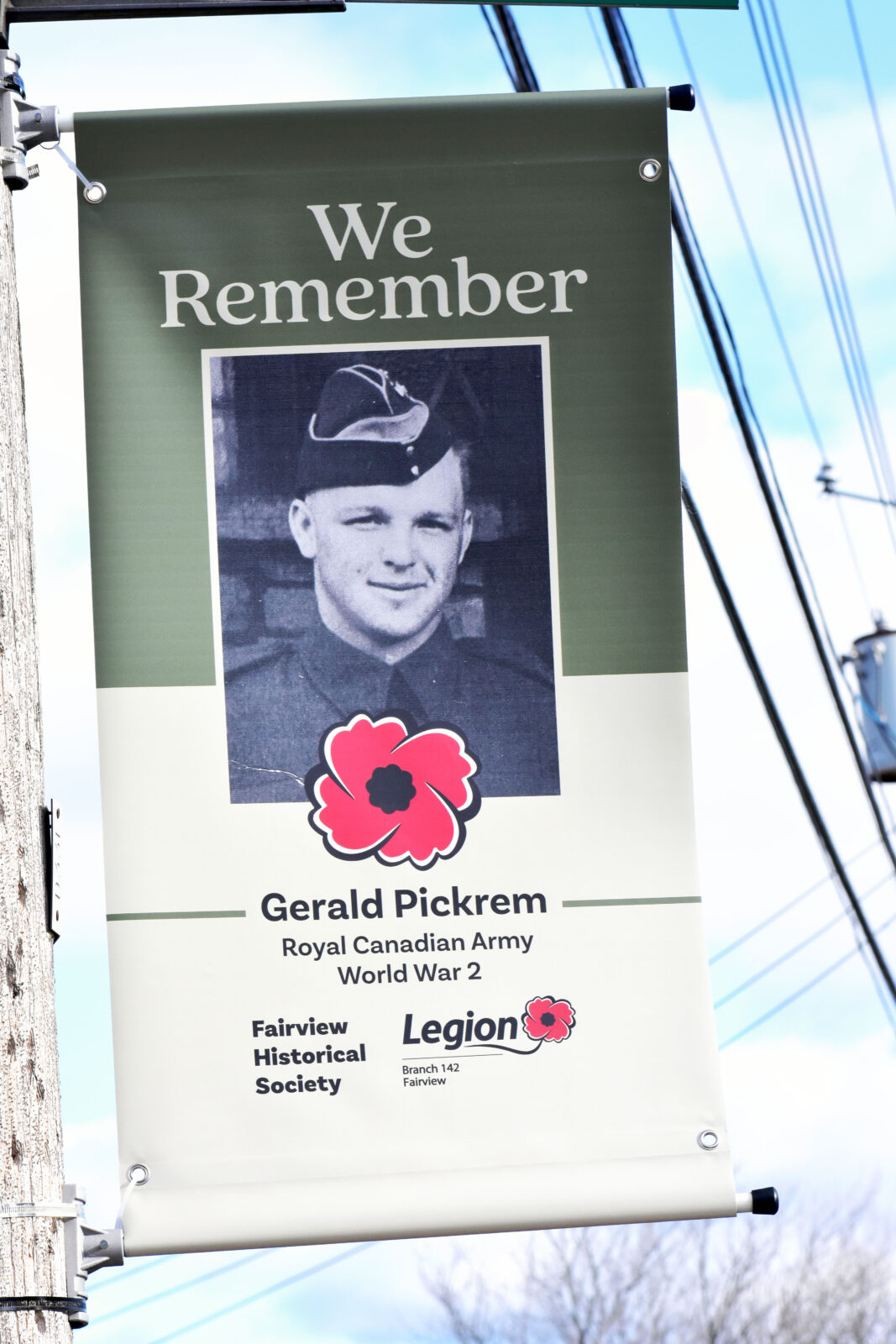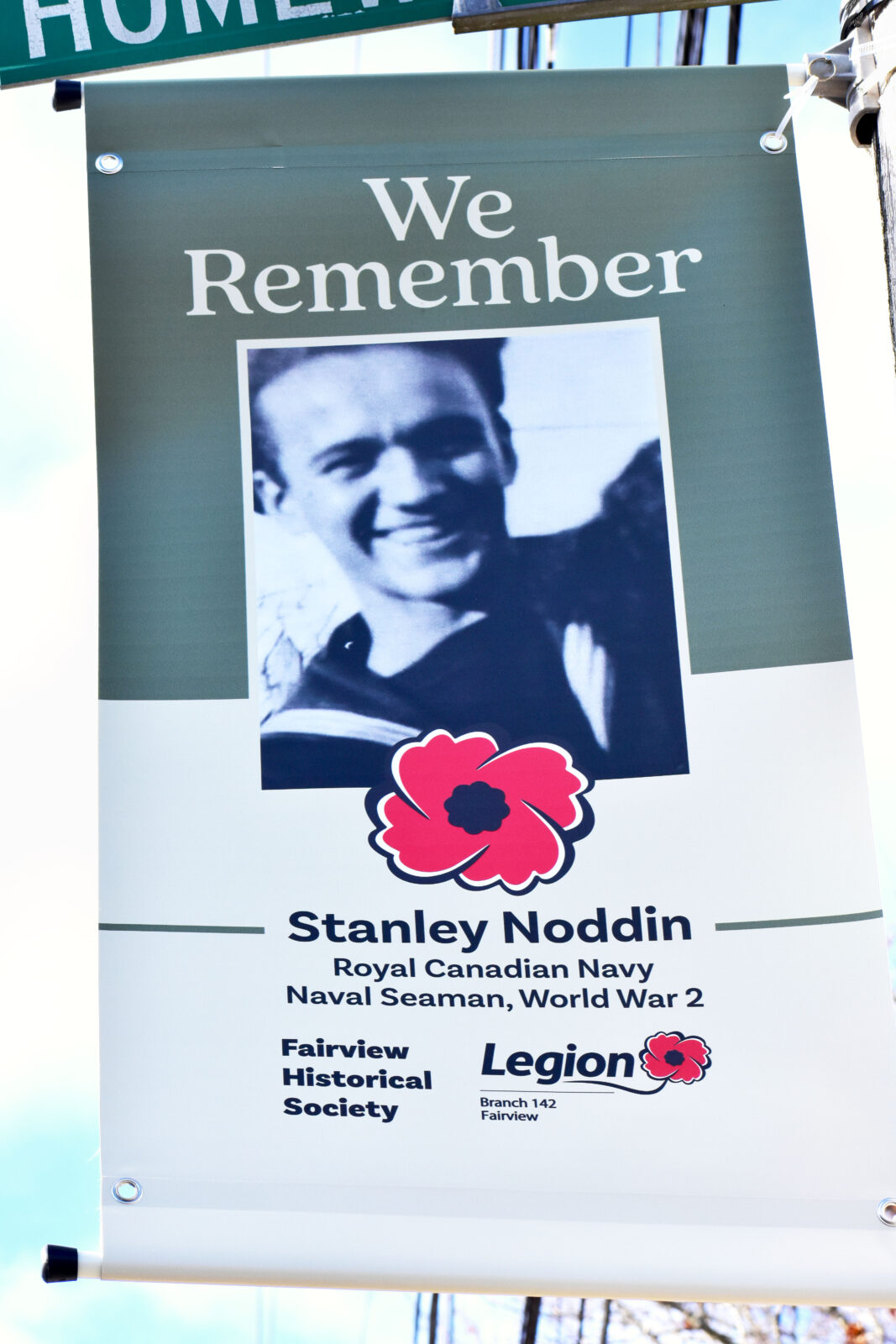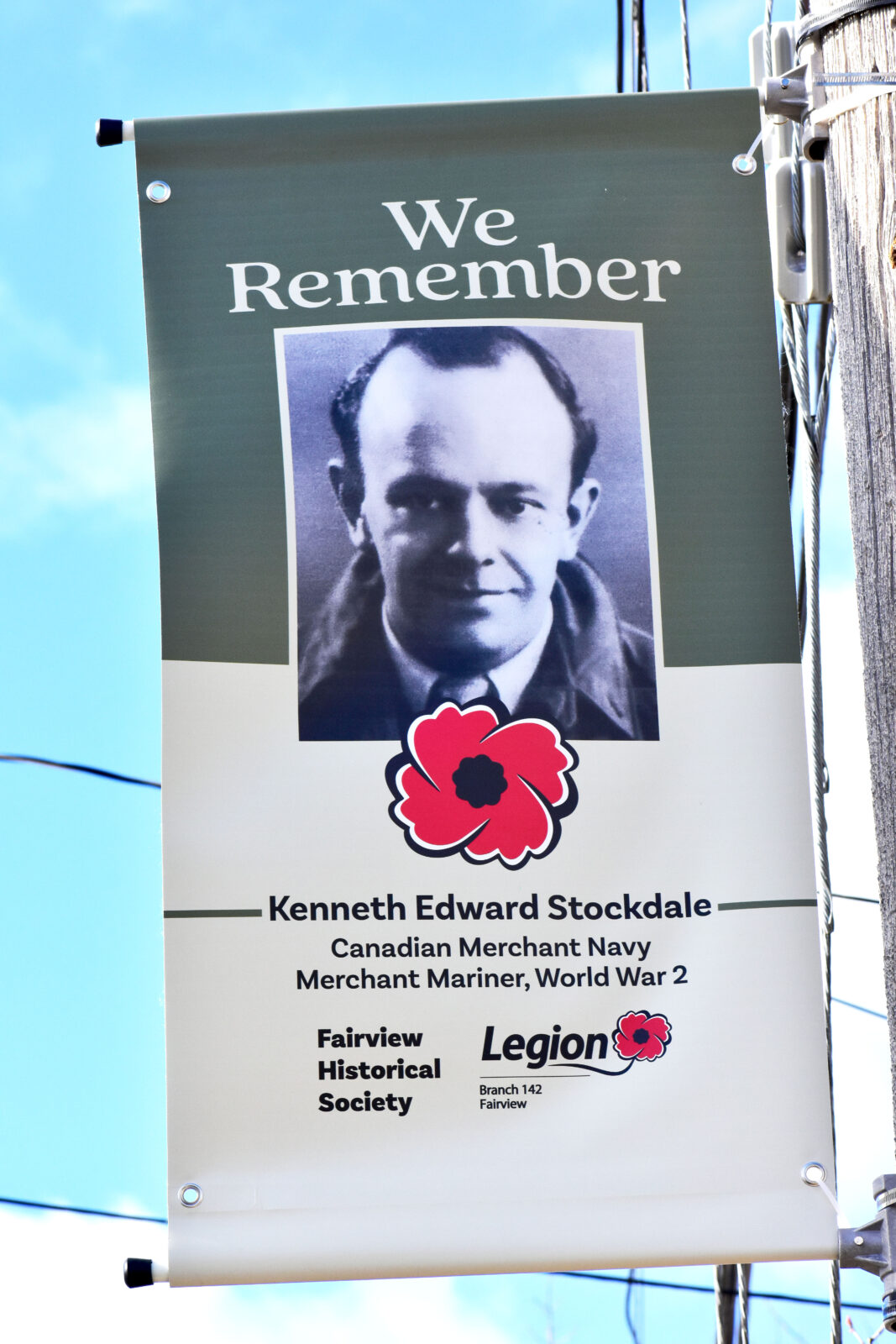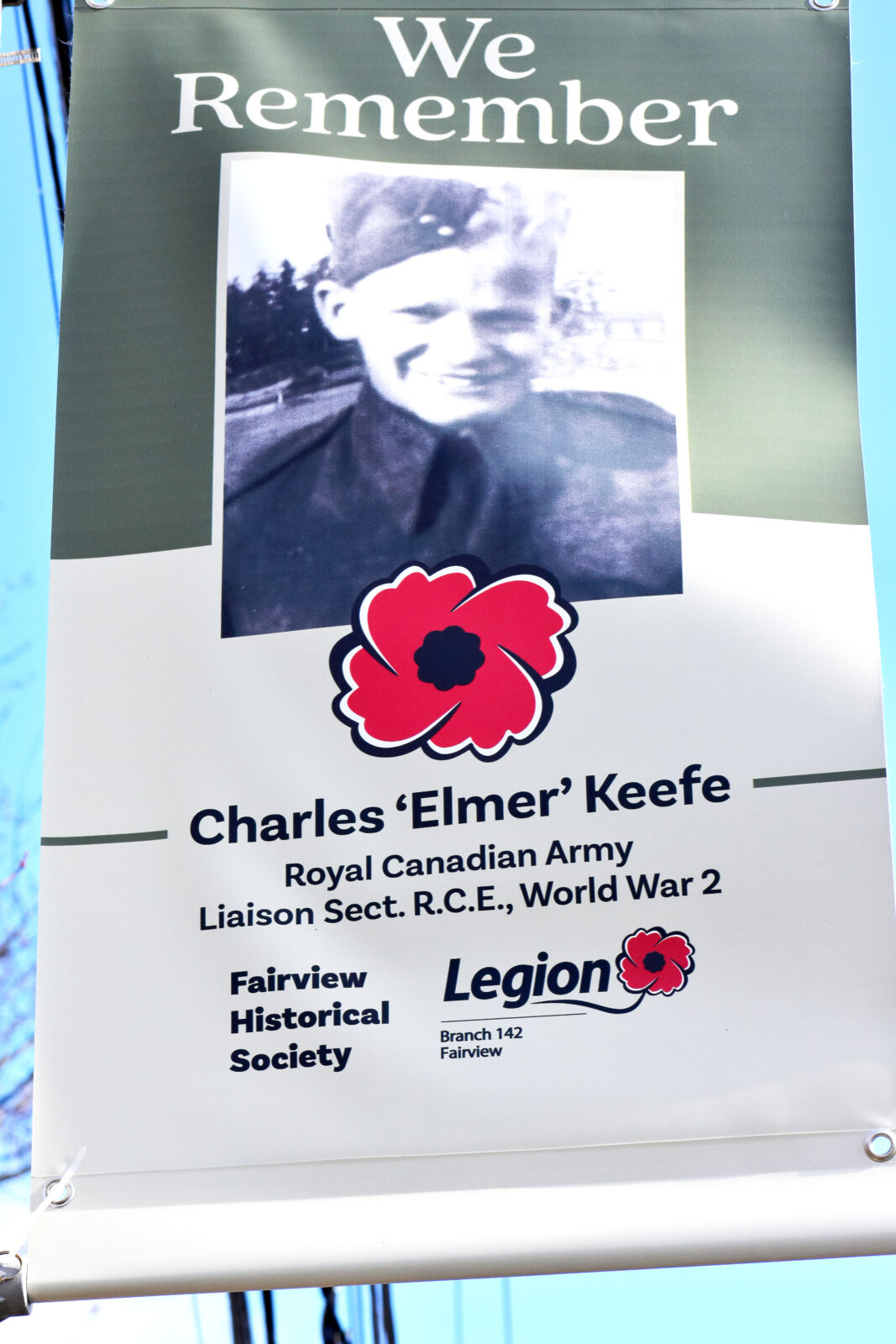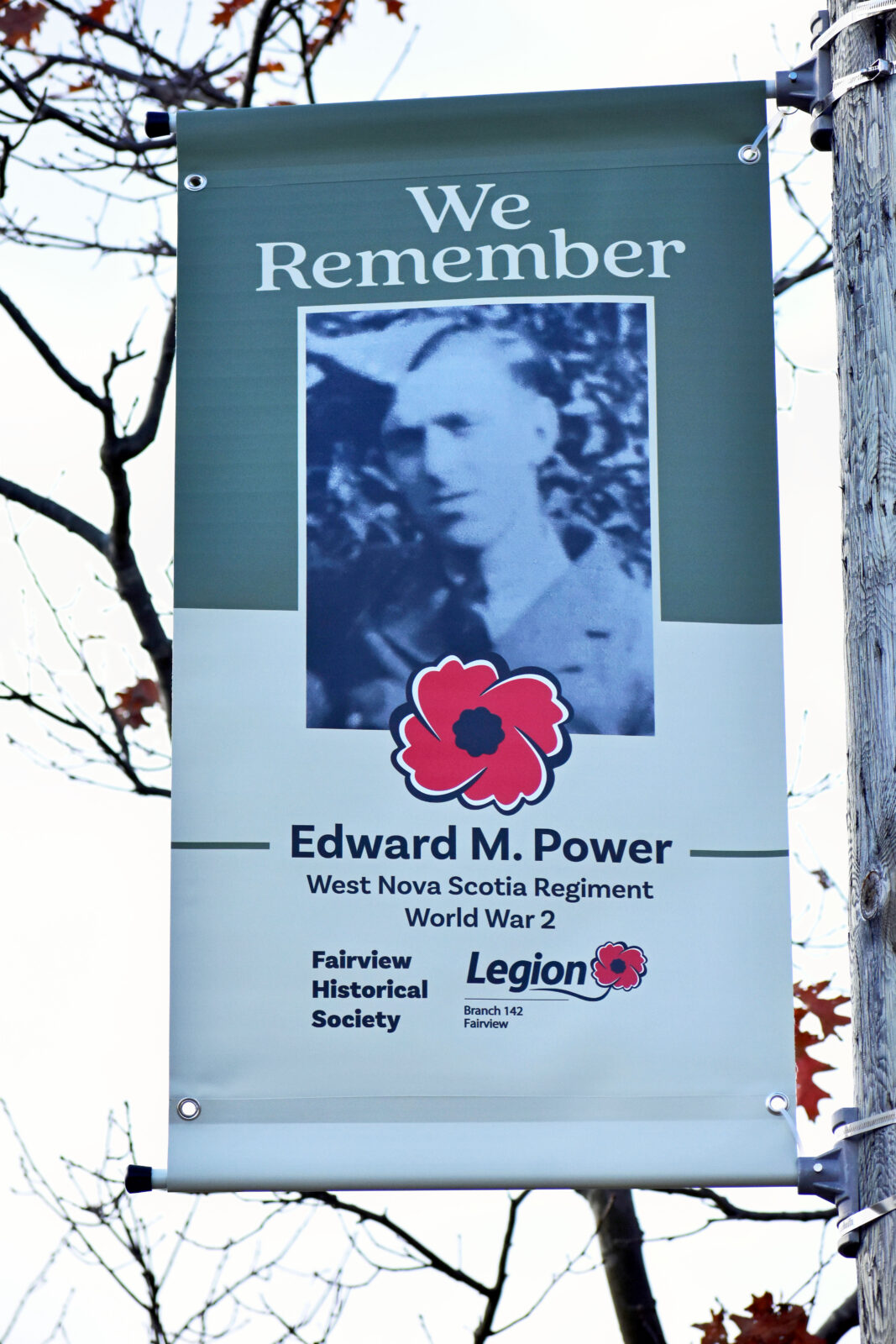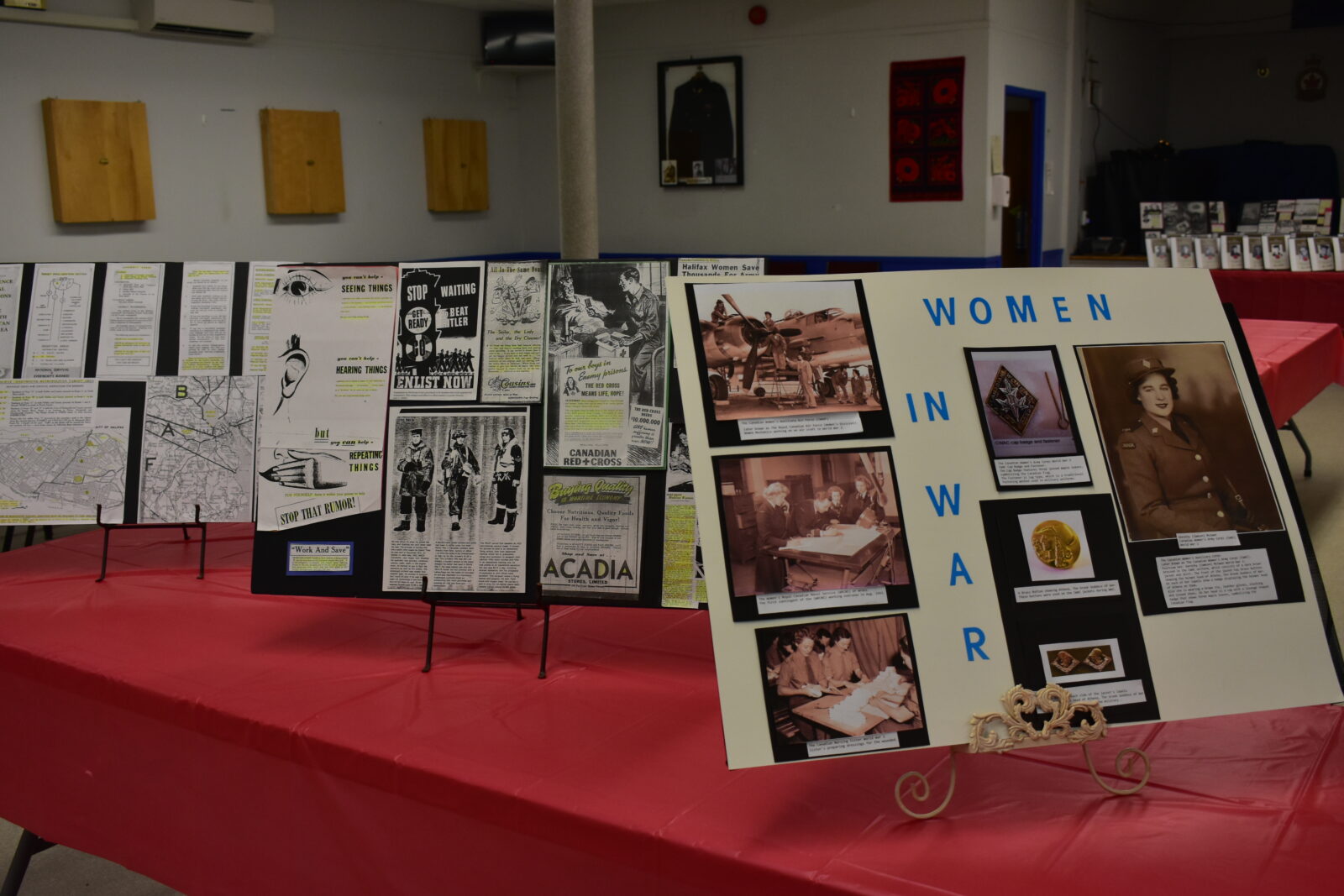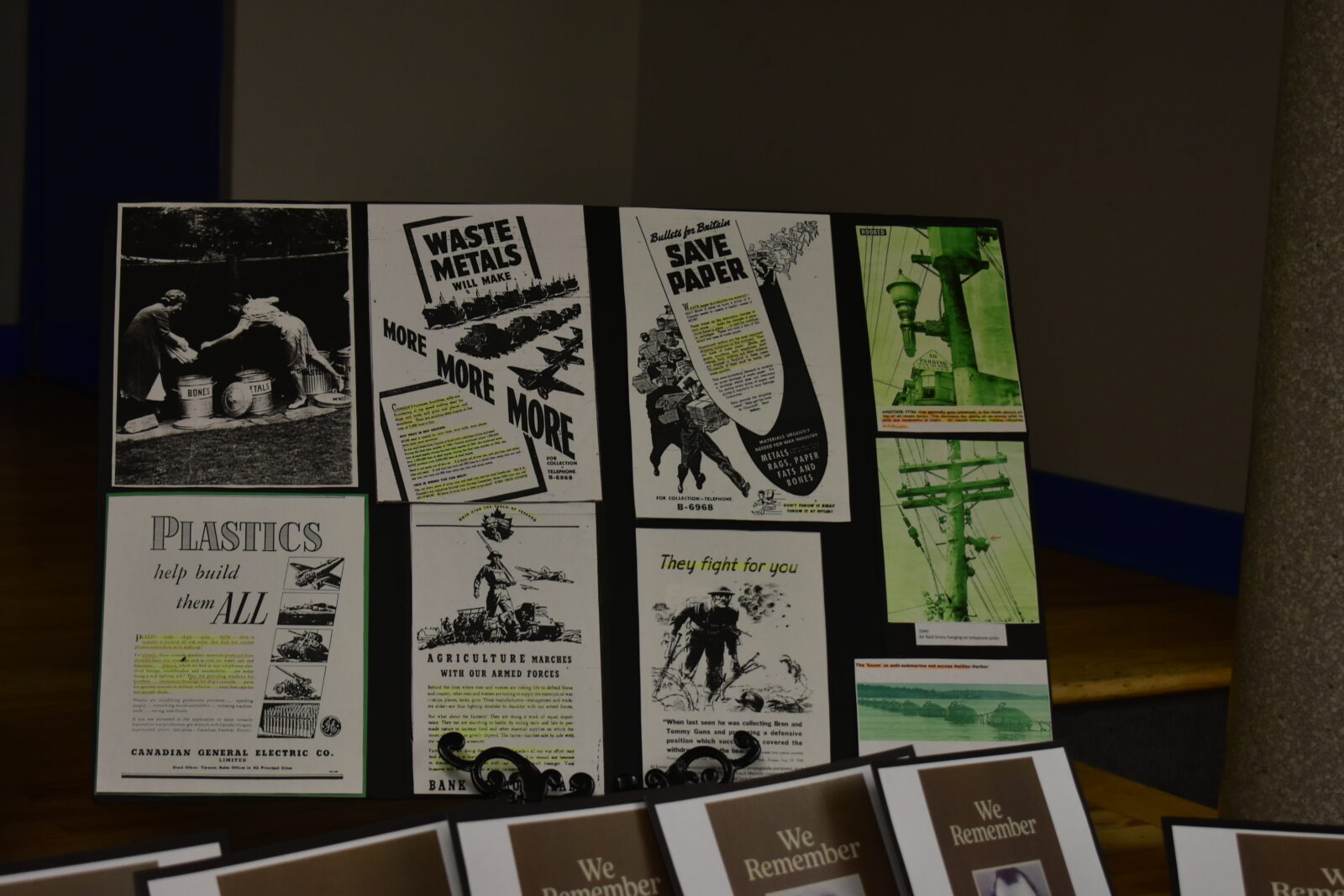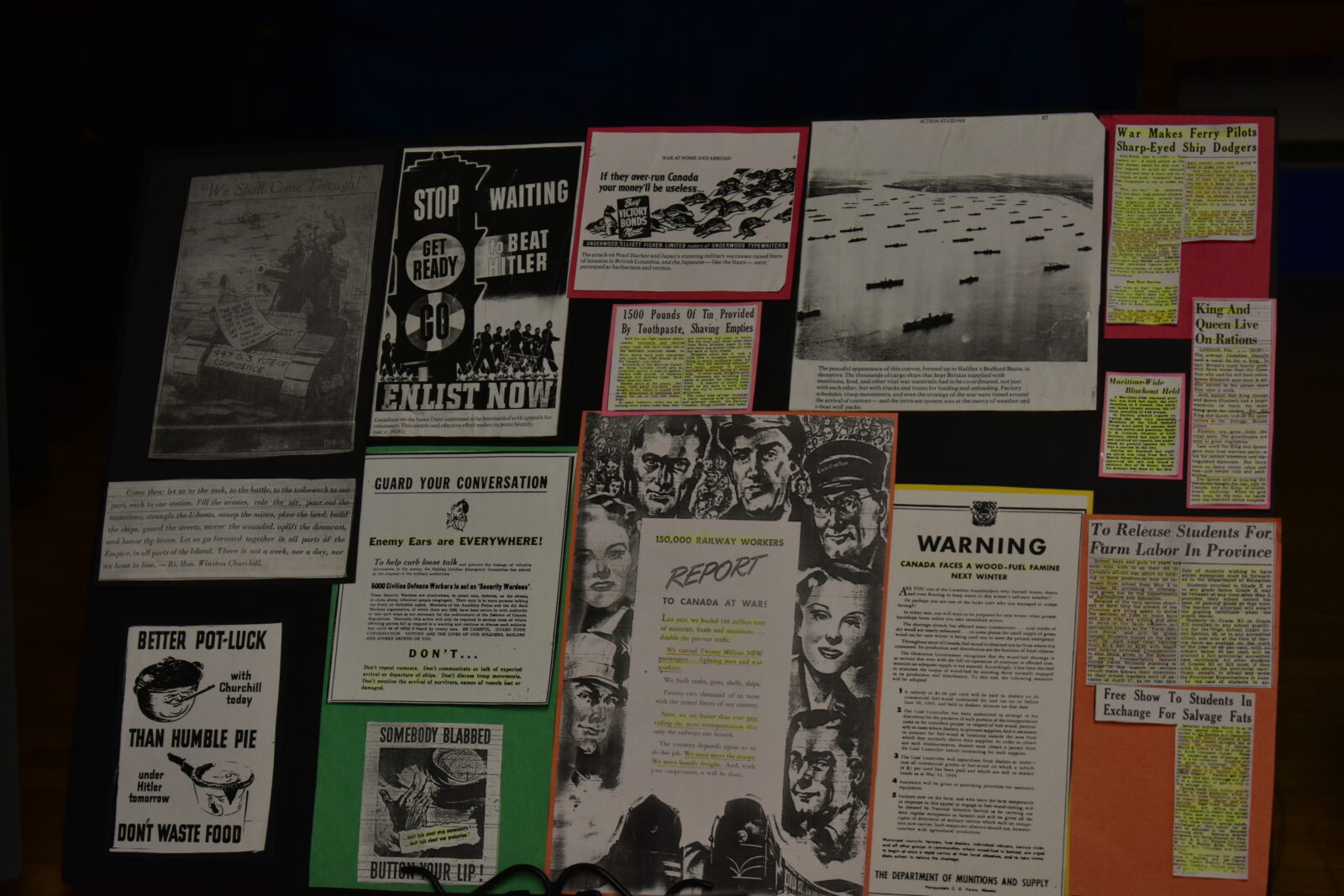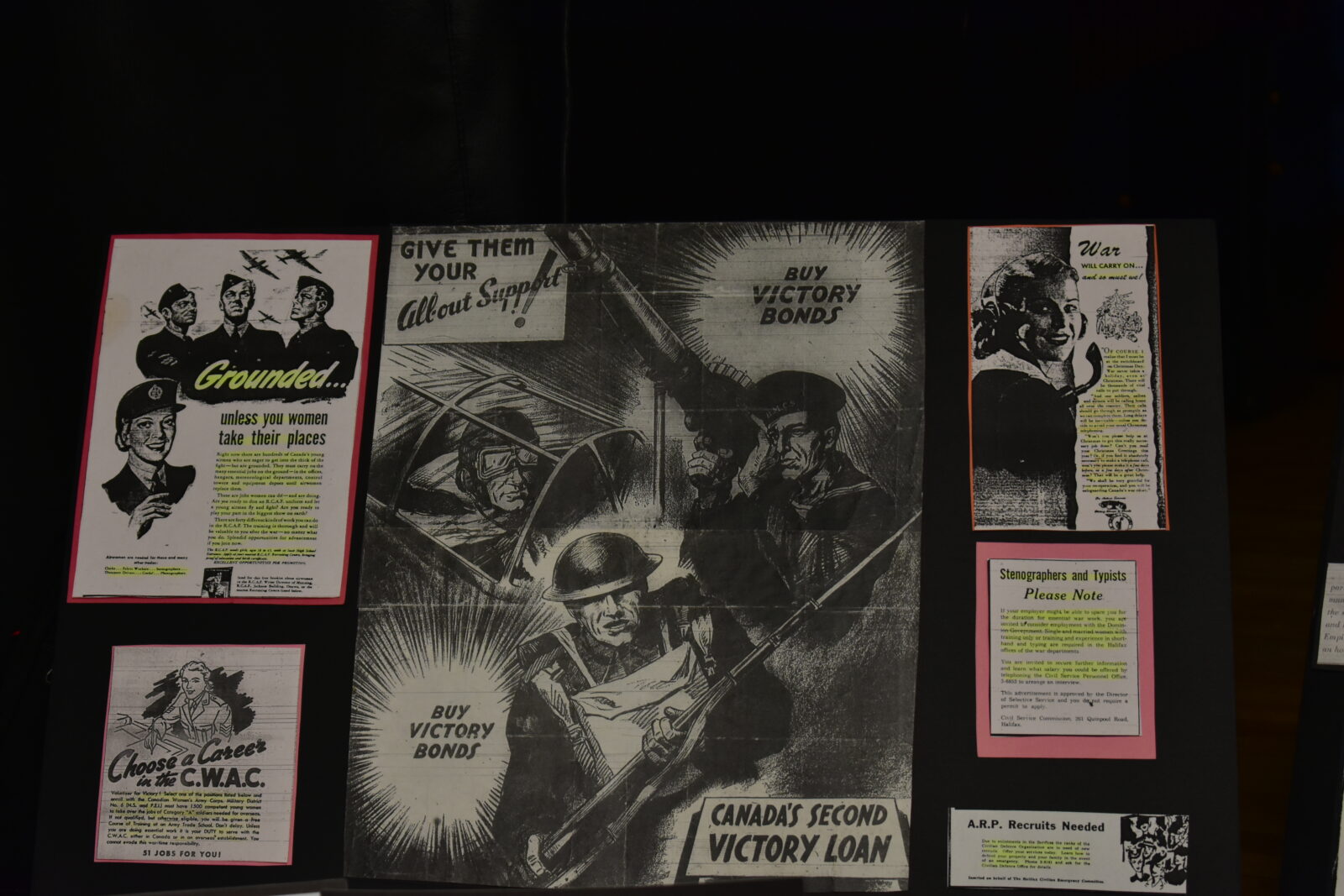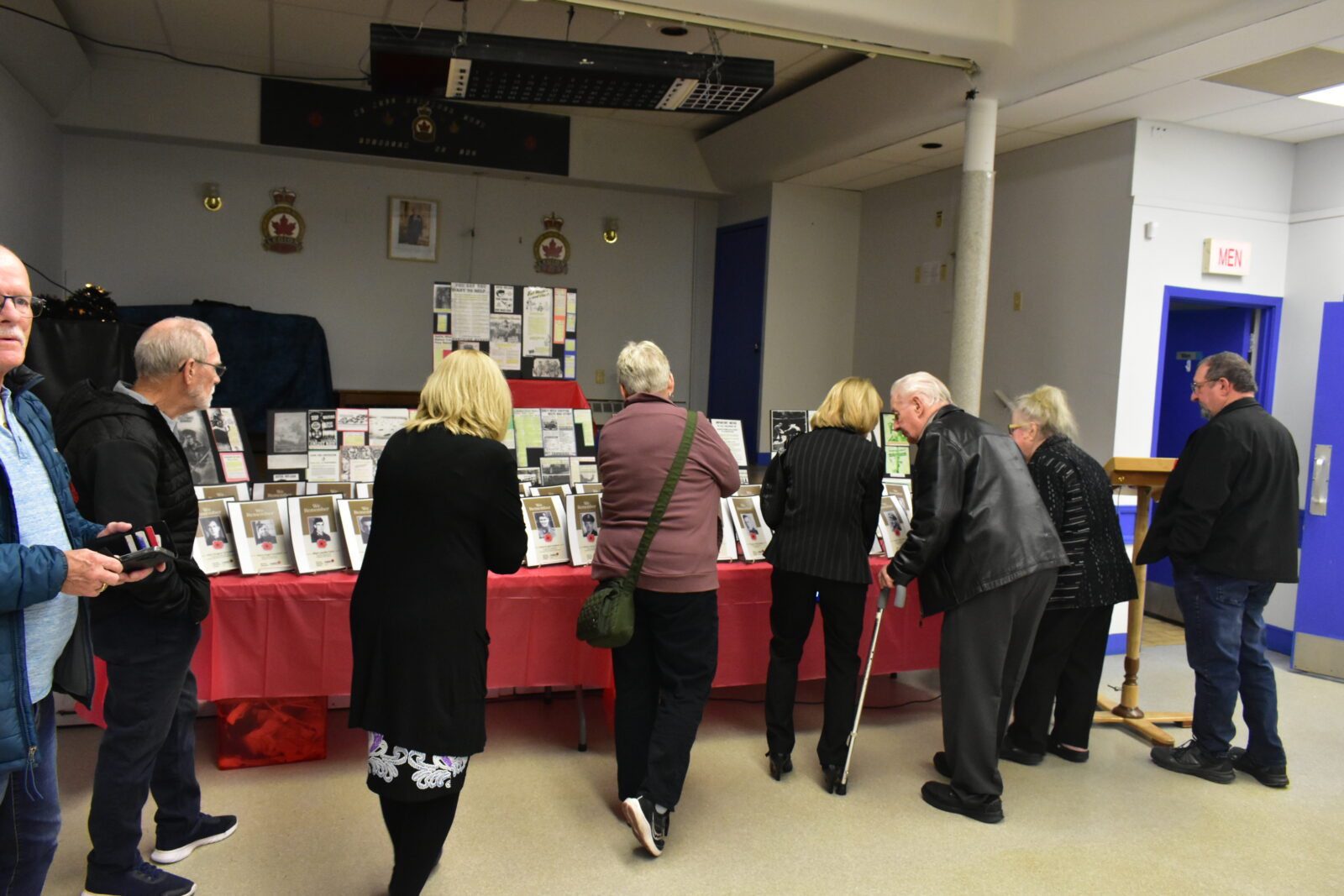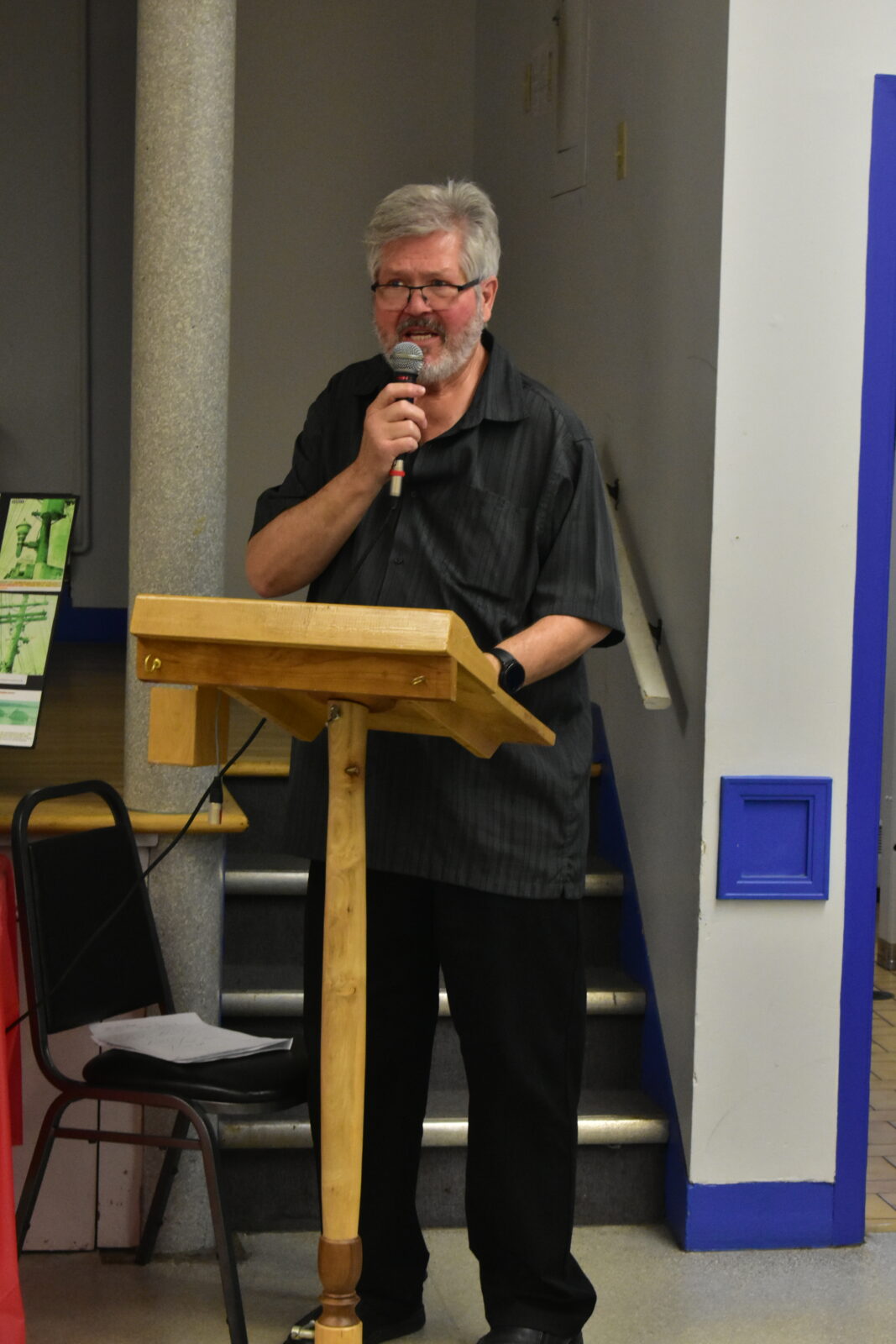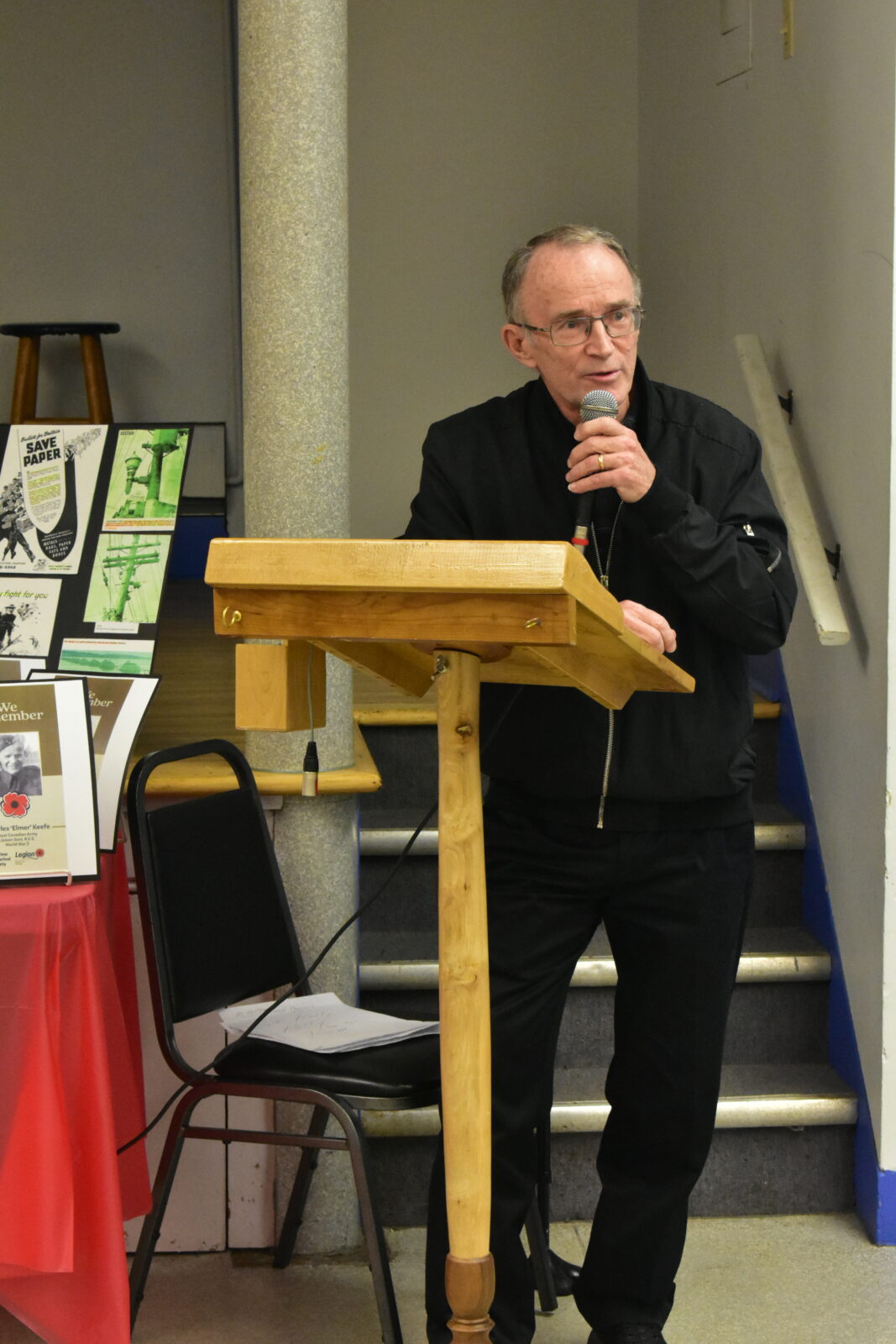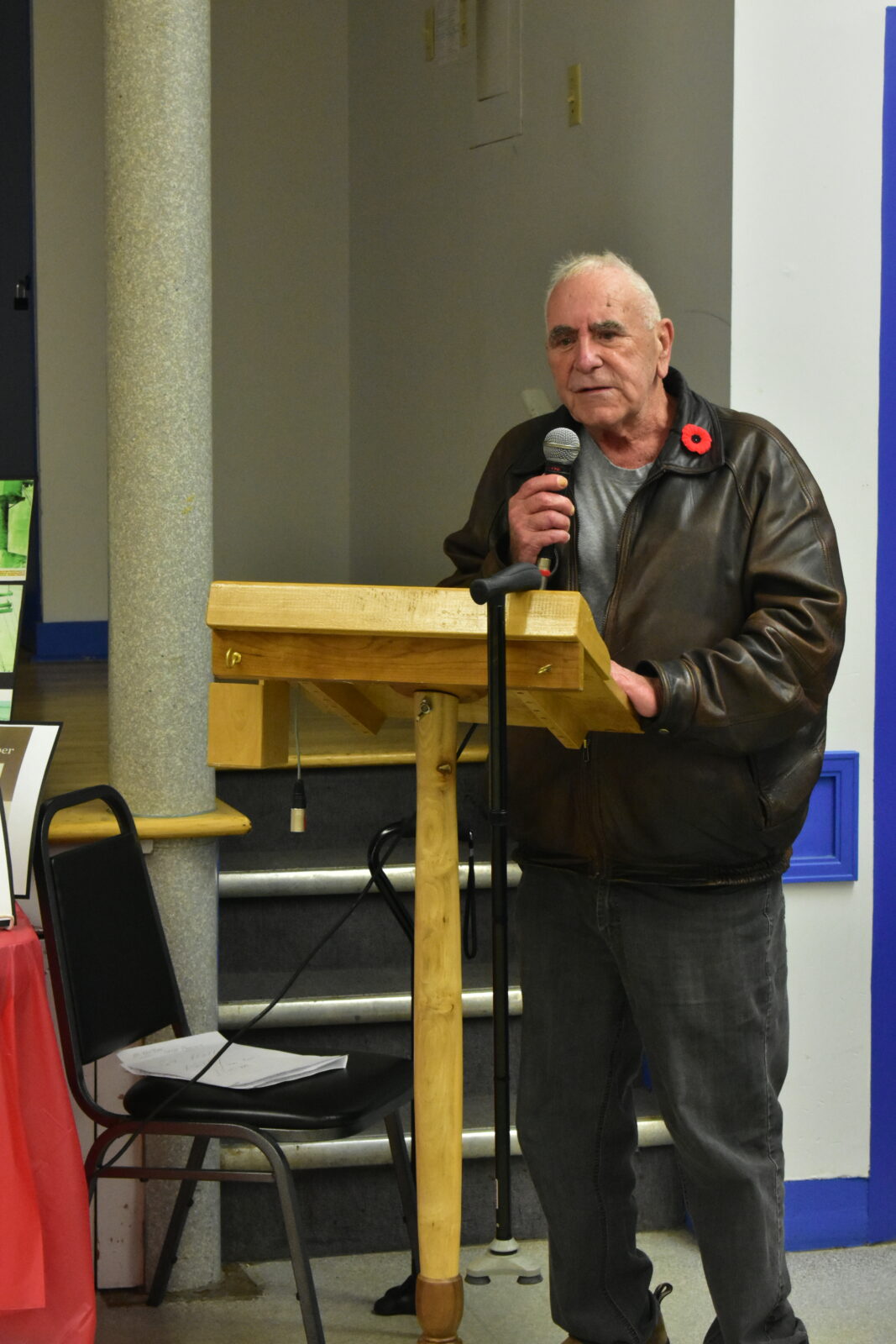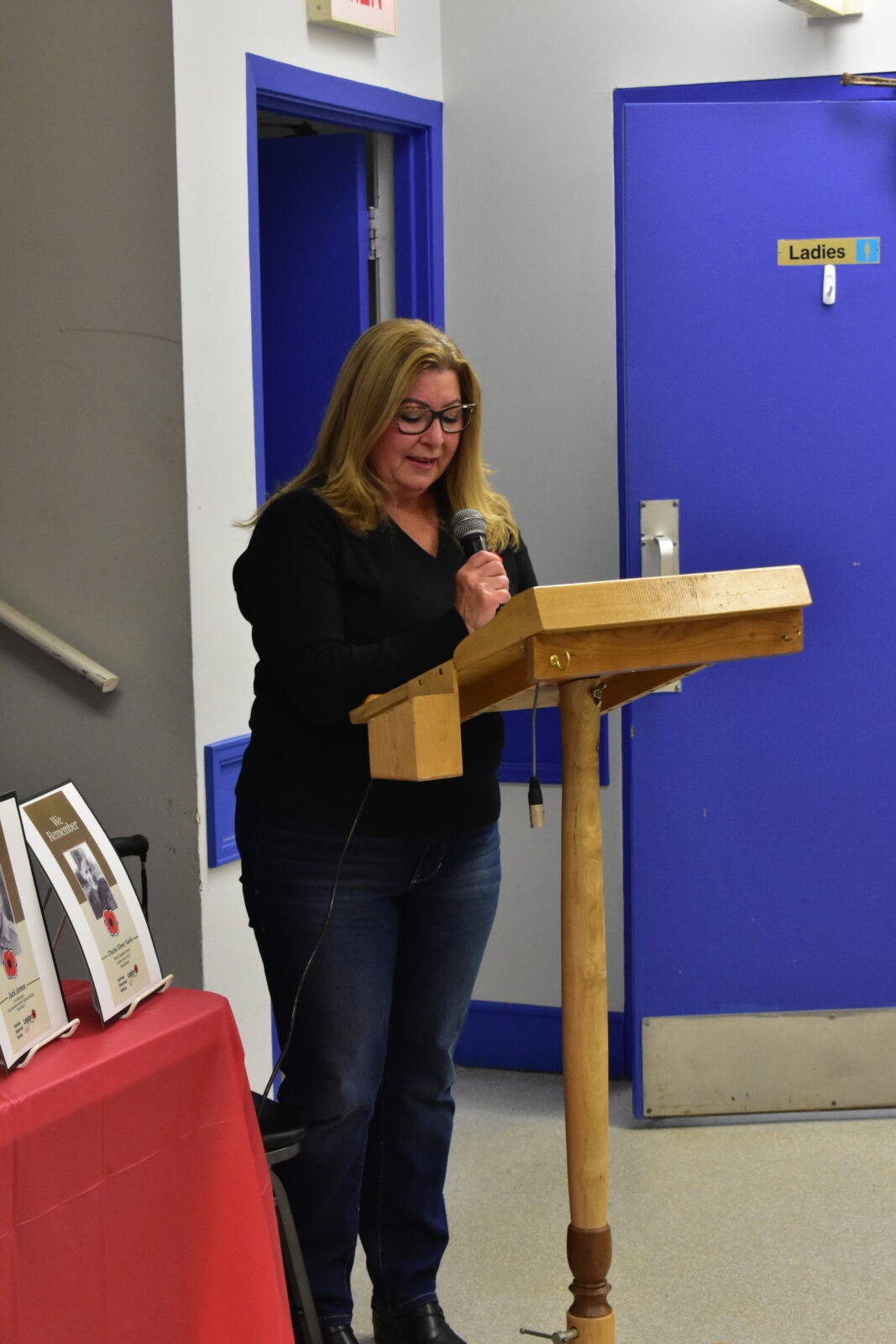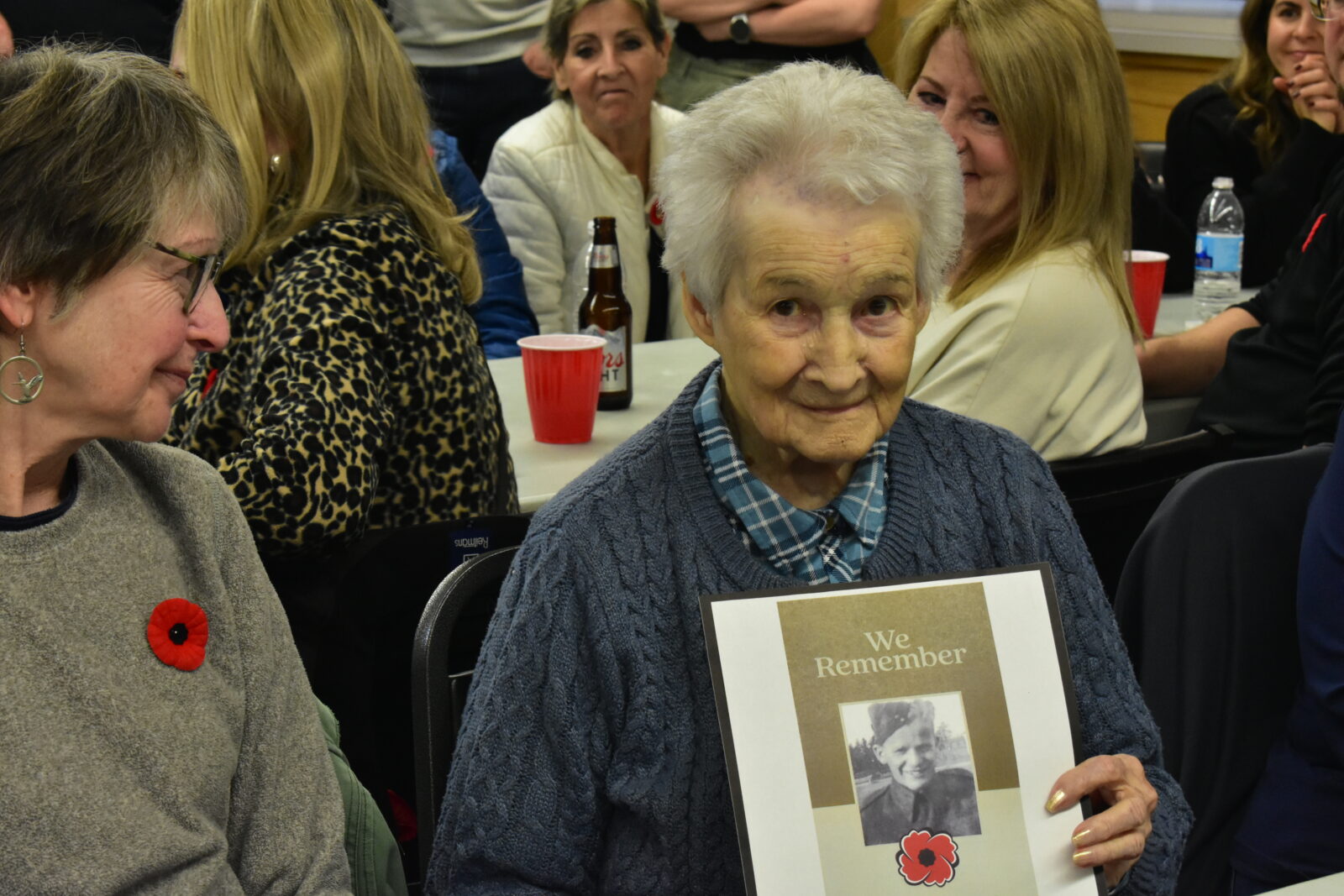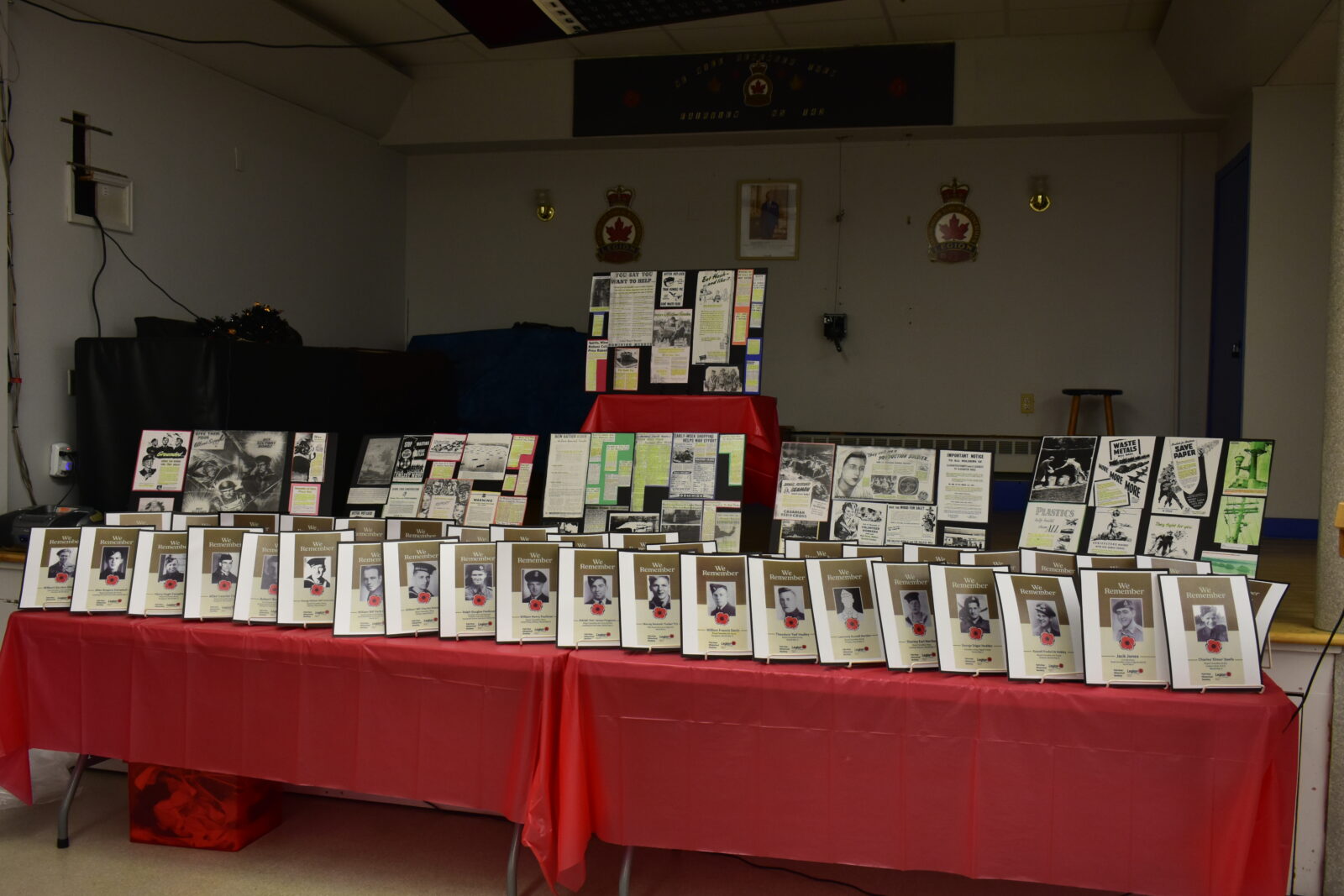Fairview Historical Society Articles Archives
Home – Articles – Videos – eBooks & PDFs – Local Authors – Sponsors – Contact
The Old Lamp Lighter of Long, Long Ago
And Abraham Gesner- The Inventor of Kerosene
Submitted by: Devonna Edwards
In earlier years the streets in the city of Halifax were very dark at night and crime became rampant under the cover of darkness. A few people that owned corner shops had oil lamps fixed over their door to shed a bit of light. Coal gas lamps were installed on streets in the center part of Halifax City in 1843, replacing the seal and whale oil lamps that were there prior. Whale oil took a huge toll on whales and some species were driven to the very brink of extinction, electric street lights replaced these in 1886. In 1890 Halifax was the first city in North America to be lighted completely by electricity.
Before electric street lights came into being, the Lamplighter was solely responsible for lighting the street lamps at dusk, his job was essential to keeping the streets safe at night. He was a familiar sight every night just before dusk, walking through the streets with his heavy wooden ladder and pole resting upon his shoulder. He stopped at each street lamp and using a long pole known as his “lighting stick”, lit each lamp. The lighting stick was described as having an ignition light (open flame)at the top, which ran on calcium carbide used as a fuel that creates a very high heat flame. Also on the pole was a hook that he used to pull open the lamp window and force down one of the chains which opened the gas supply so he could light the gas with his flame.
The flame did not go out until the end of his shift, when he unscrewed the filling cap of the reservoir and poured the contents into a street drain. Later Kerosene was used in the lighting.
The Lamplighter used his long pole to light every lamp at ground level and only needed his ladder when the street light didn’t light at first, then he climbed up to locate the problem and fix it. The oil lamps required frequent cleaning of their glass enclosures and wicks needed maintenance as well.
At dawn he returned and made his rounds, distinguishing each light using a small hook on the same pole.
Eventually over time with the development of electric street lights which allowed the lights to operate automatically, the Lamplighters were no longer needed and their job became obsolete.
In the McAlpine City Directory for 1884-85 William Osborne and George Bellfontaine were listed under the heading “Lamplighter”.
A wonderful song by ” The Browns” titled, “The Old Lamplighter” (on You Tube) give us a good description of their occupation.
Abraham Pineo Gesner – The Inventor of Kerosene
Gesner Street in Fairview is named in memory of this remarkable Man.
Abraham Gesner was born on a farm in Cornwallis, Nova Scotia in 1797, the sixth child in a family of twelve. He was the son of Colonel Henry Gesner, a United Empire Loyalist who fled to Canada and was given a government grant of 400 acres of land in Annapolis Valley, Nova Scotia. Abraham was described as having broad-shoulders, of medium height with jet black hair and black eyes that shone with enthusiasm. Those who knew him said he had a brilliant mind and was not easily discouraged. He married Harriet Webster from Kentville in 1822 and they had eleven children.
Abraham’s original occupation was that of a physician after training in England and in 1827 after he graduated as a Medical Doctor he began practice in Parrsboro, Nova Scotia. While living in Parrsboro (one of the greatest natural fossil sources of the world) he became an amateur geologist, collecting rock samples and studying them. He published a book in 1836 titled “Remarks On The Geology and Mineralogy of Nova Scotia” and soon after he moved his family to New Brunswick, where he was appointed the Provincial Geologist by the New Brunswick Government. In 1843 he was back in Cornwallis, N.S where he continue his profession as a physician but still was very interested in geology and experimented with coal gas, coal oil and substance known as Albertite. He felt that the world’s greatest need was for a better light in the night. In 1850 he moved to Halifax and while experimenting there, he succeeded in distilling his oil from Nova Scotia coal. This new oil he called Keroselain from two Greek words meaning “wax” and “oil”, but later the name was shortened to “Kerosene”. He found that Kerosene burned very brightly, more cleanly and it could be refined as a fuel for lighting at less expense. In 1854 he was living in the United States and founded the North American Kerosene and Gas Light Company. In 1863 he returned to Halifax as a rich man, who had given a better light to a dim-lit world.
Dr. Abraham Gesner’s Monument
Dr. Abraham Gesner M.D.,F.C.S., geologist died on April 29, 1864 at the age of 67 with little praise during his lifetime. He was buried in Camp Hill Cemetery in Halifax and forgotten until 1933 when Imperial Oil Ltd. erected a large black memorial to honour Gesner for his contribution to the petroleum industry. The inscription on his monument is incorrect as it refers to Gesner as the “American” inventor of Kerosene, where indeed he was a Canadian born in Nova Scotia.
A National Historic Site Monument was placed at Chipman Corner, Nova Scotia, near the site of Gesner’s birth and where he started his first experiments with fuel oil. He was hailed as the “Father” of the modern petroleum industry. It was said that without his inventive genius, Apollo astronauts might never have reached the moon.
A street in Fairview and also a street in Ottawa are named Gesner Street after Abraham Gesner.
A postage stamp by Canada Post had his image on it in 2000 to honour him and since 1998 the Fundy Geological Museum in Parrsboro, Nova Scotia has awarded a scholarship to a local student who shows an interest in the sciences.





